









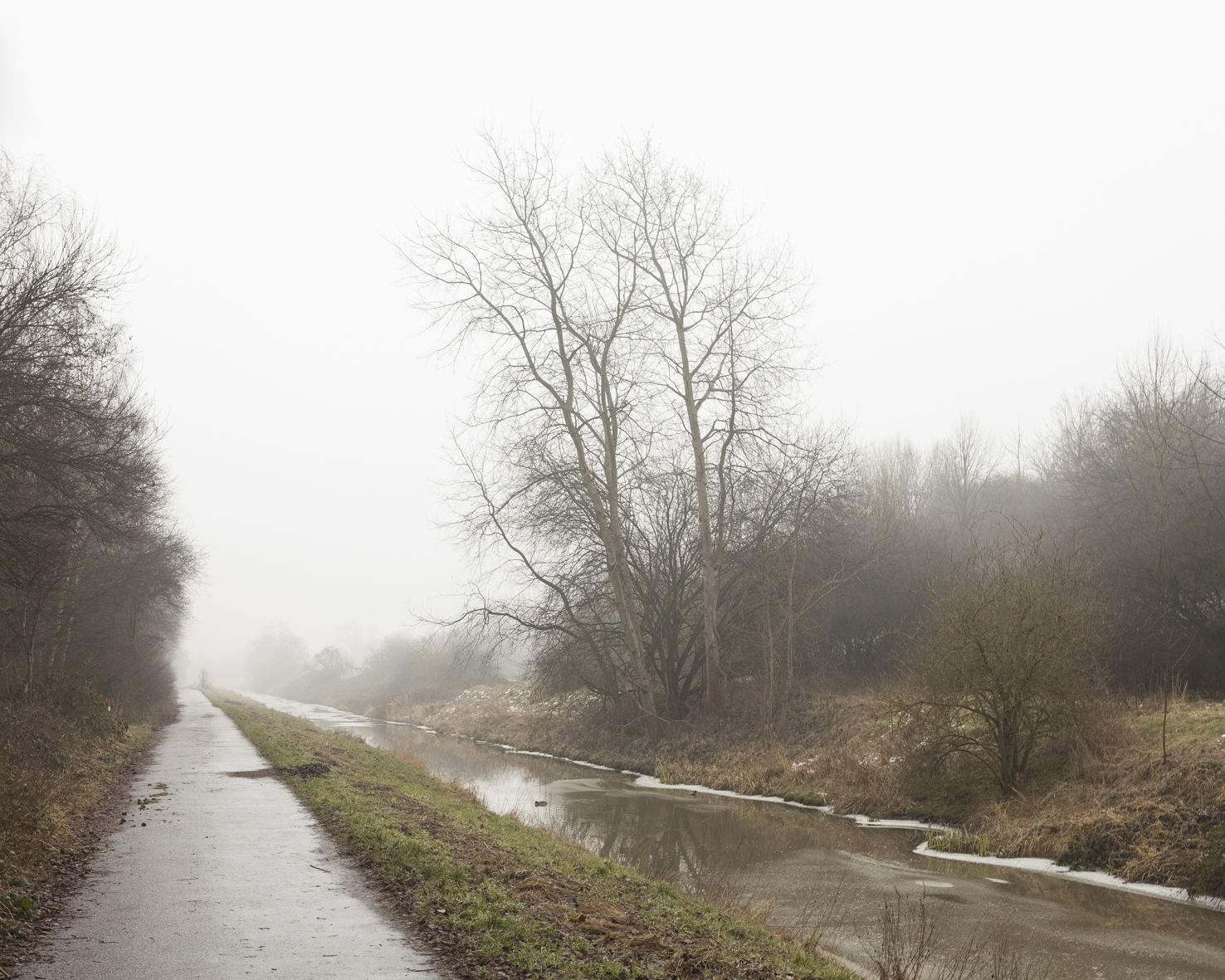



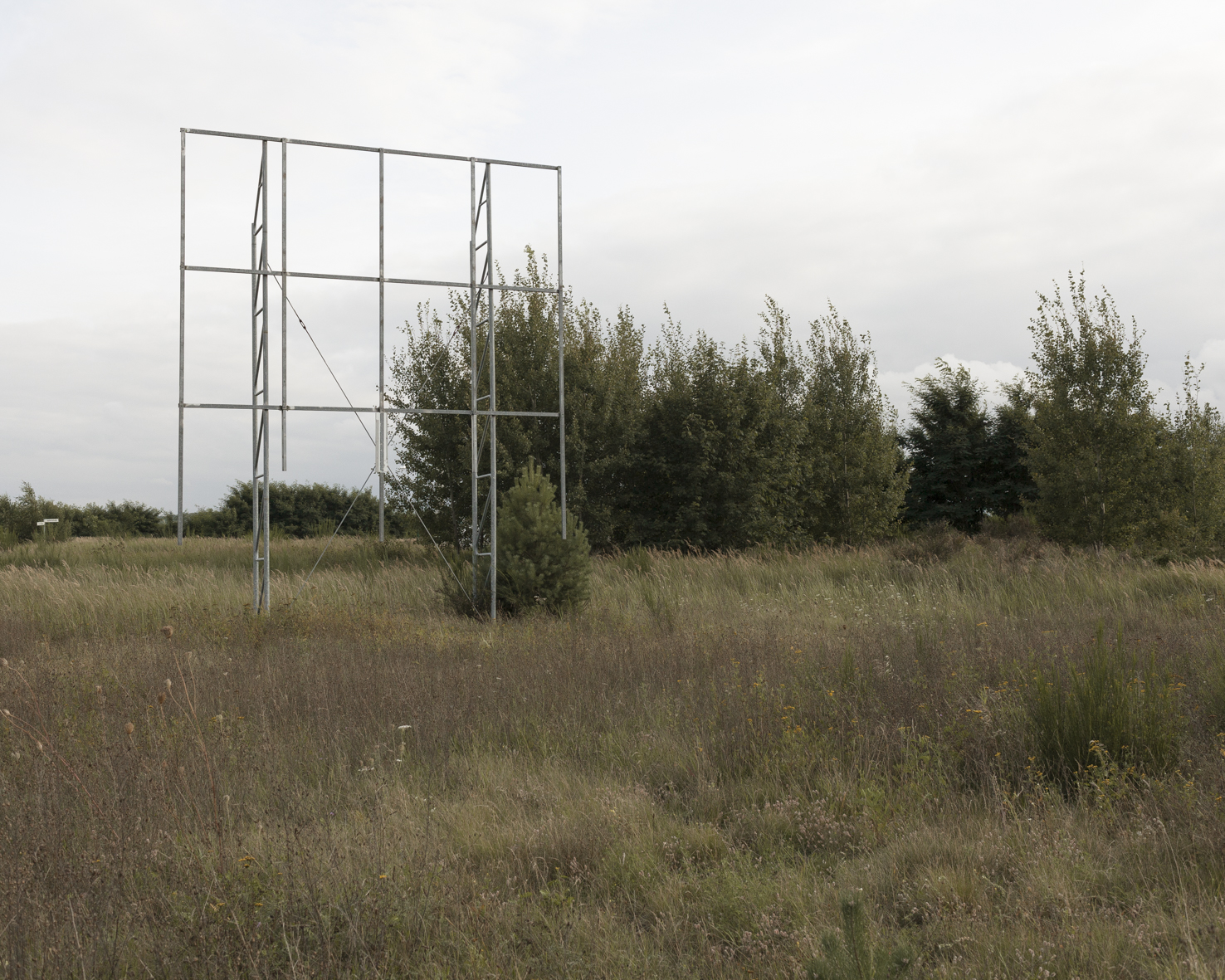

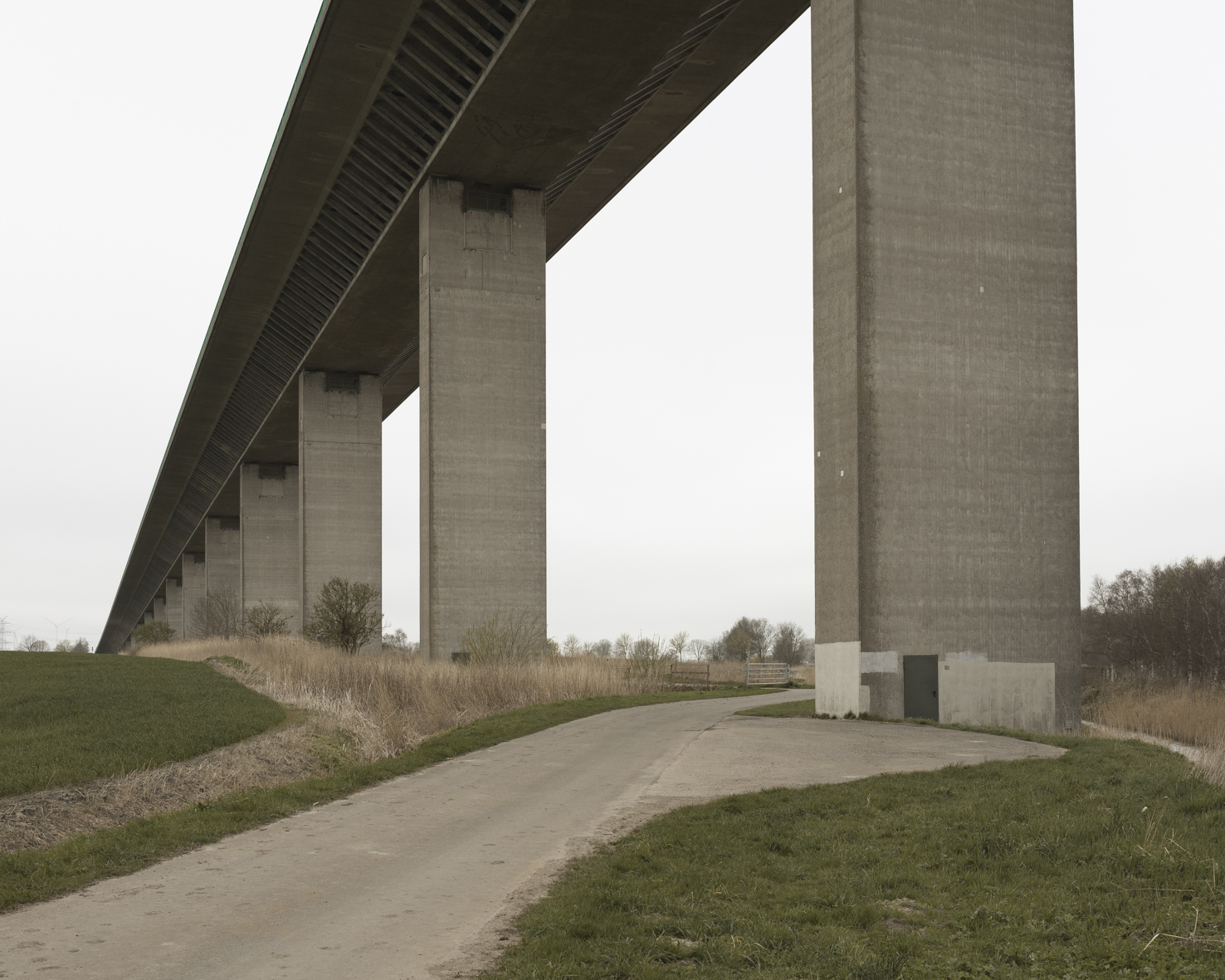
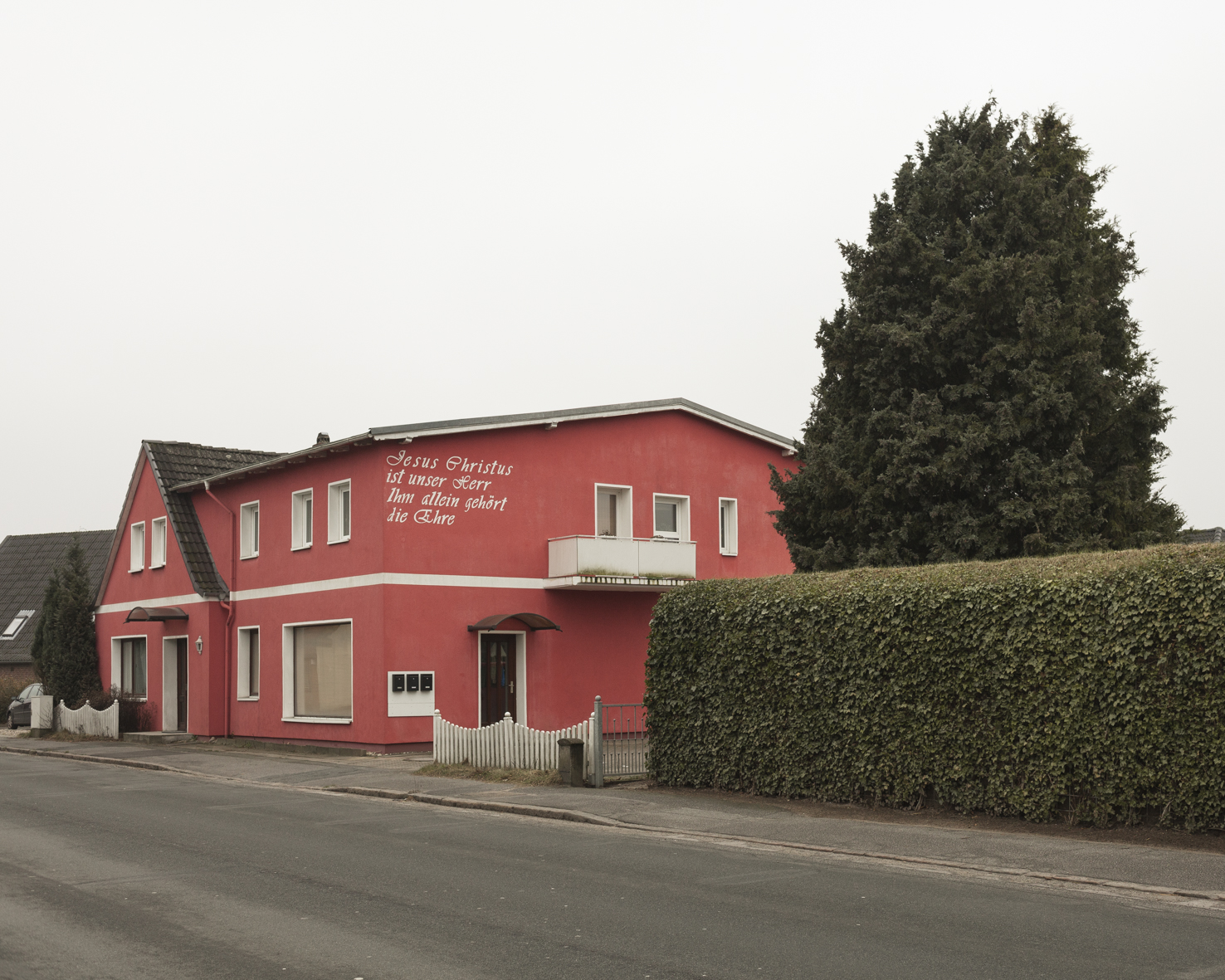
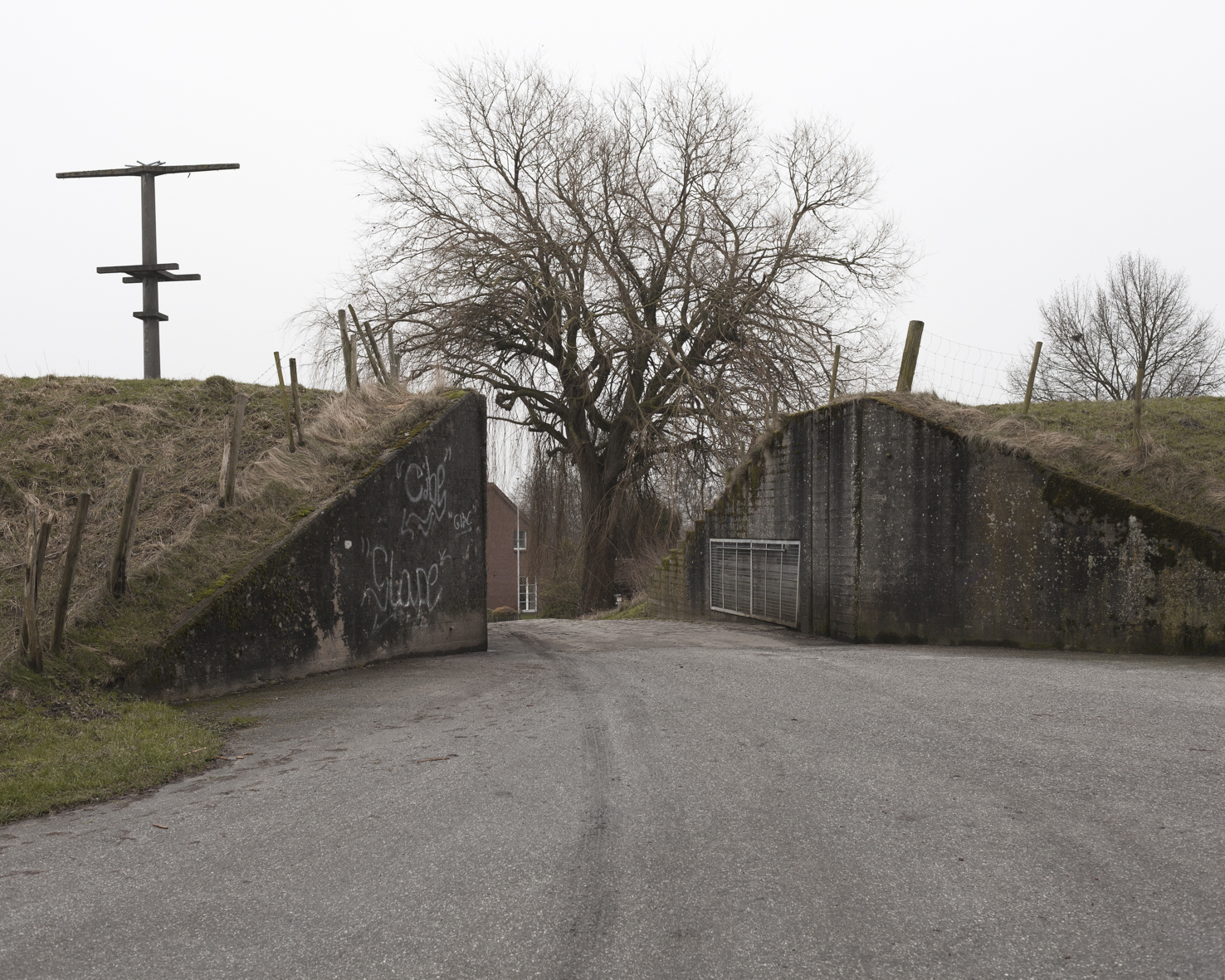
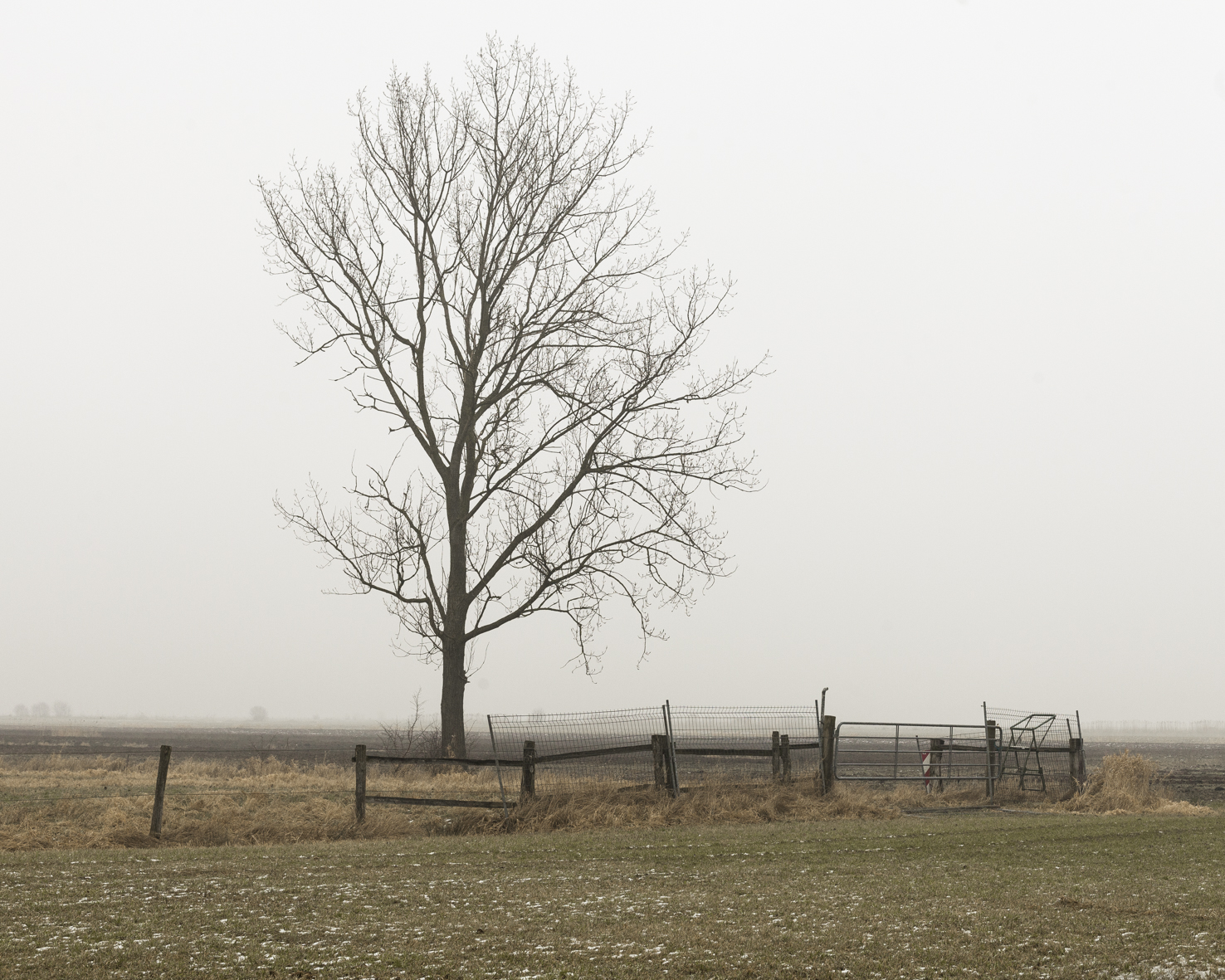
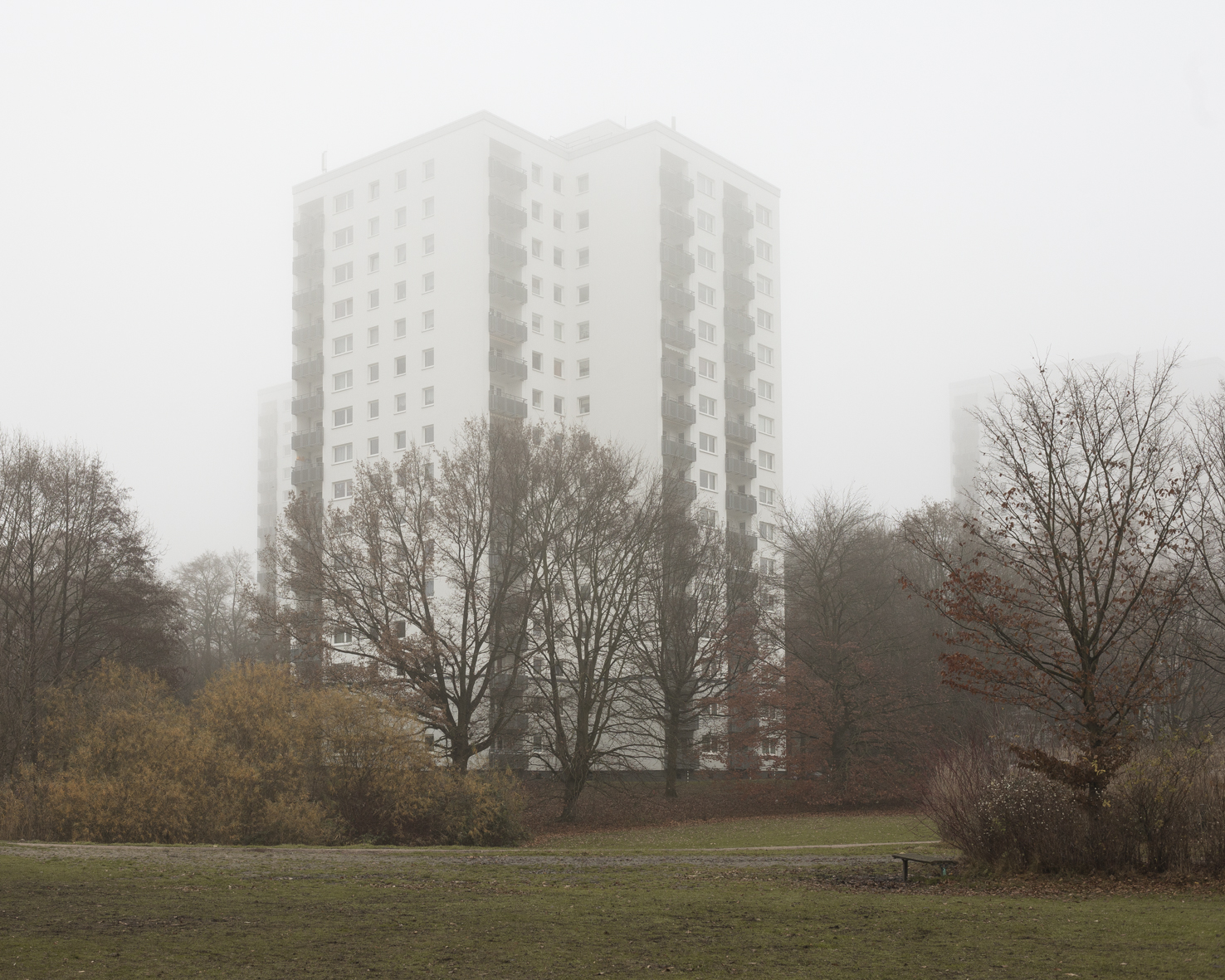
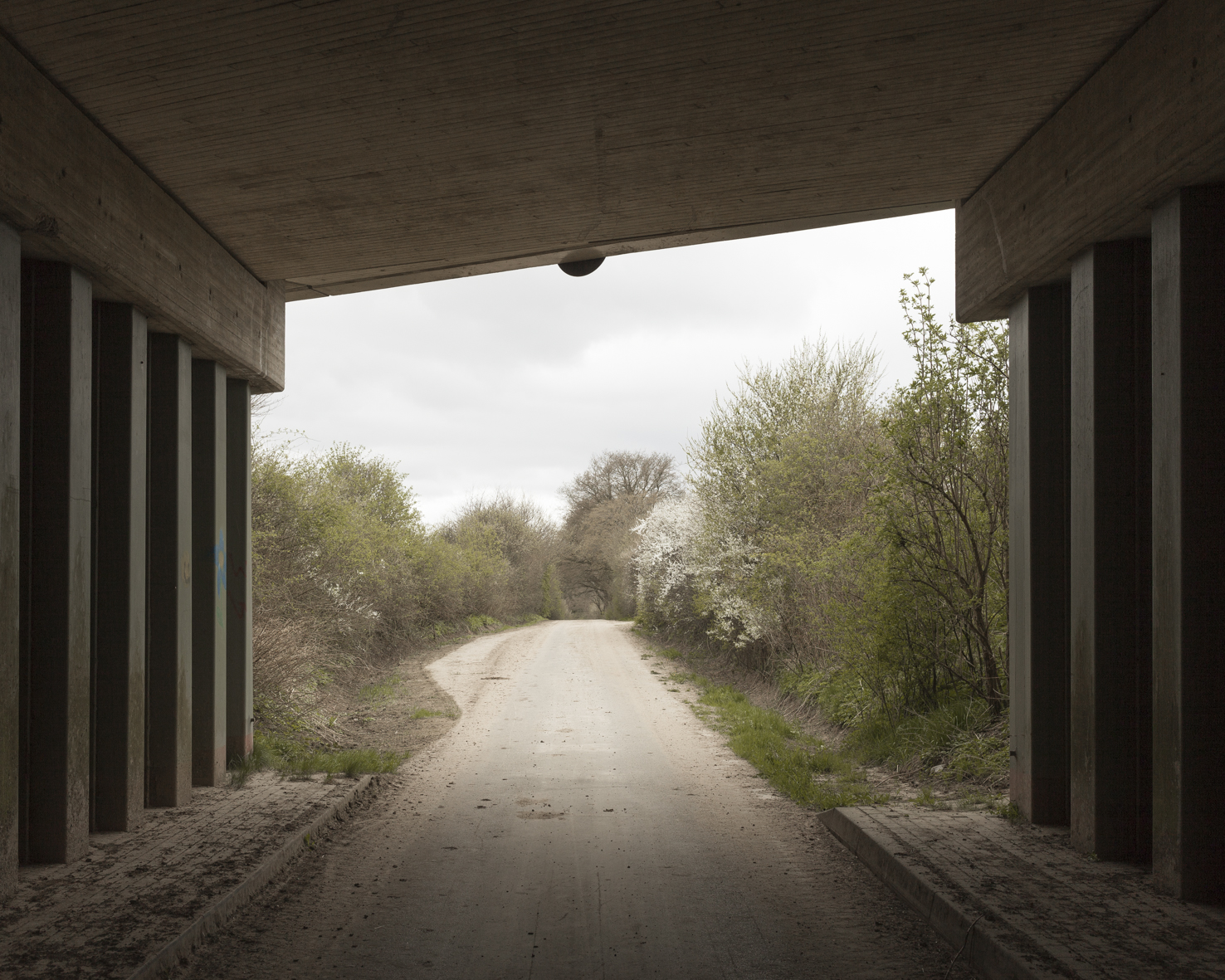

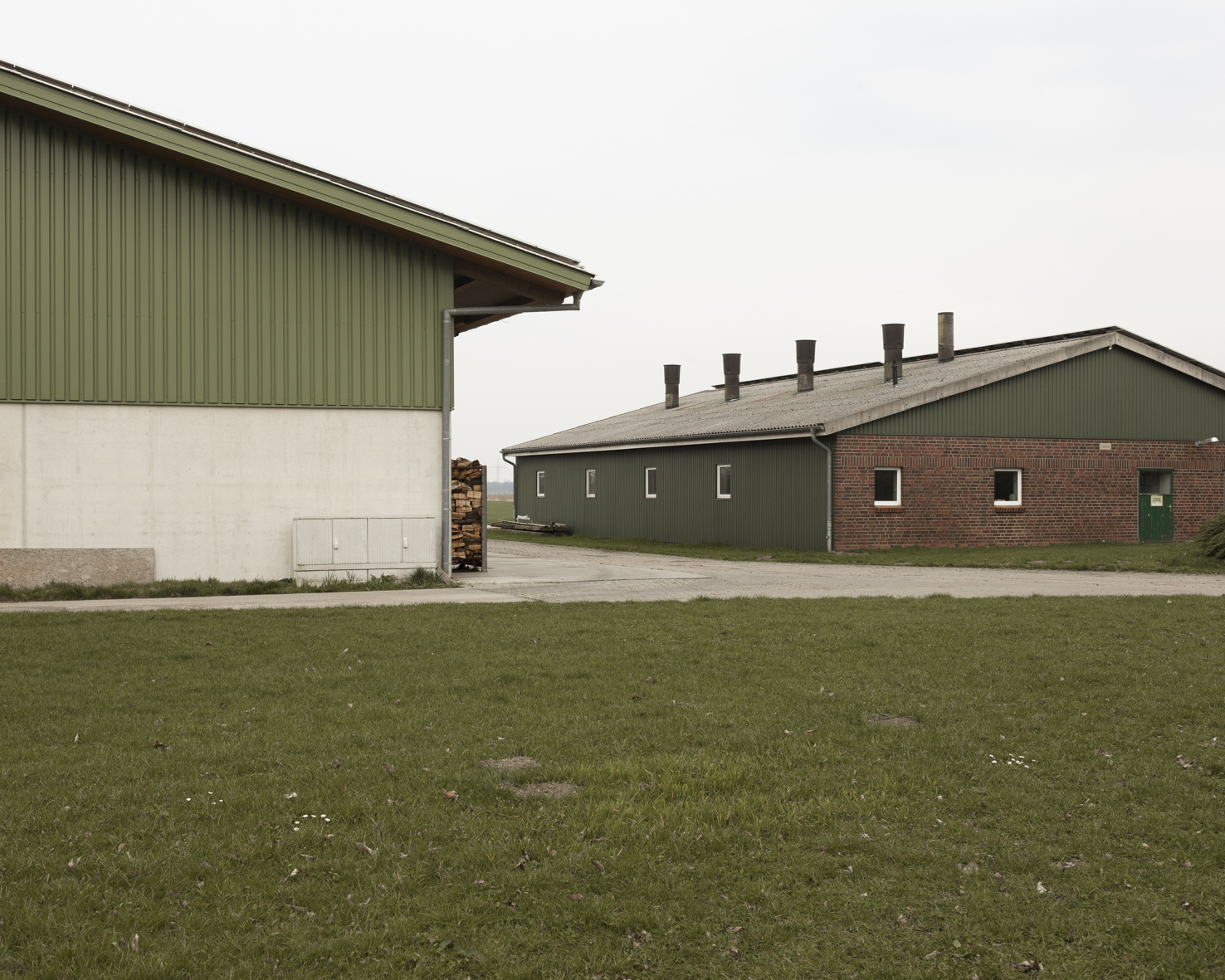
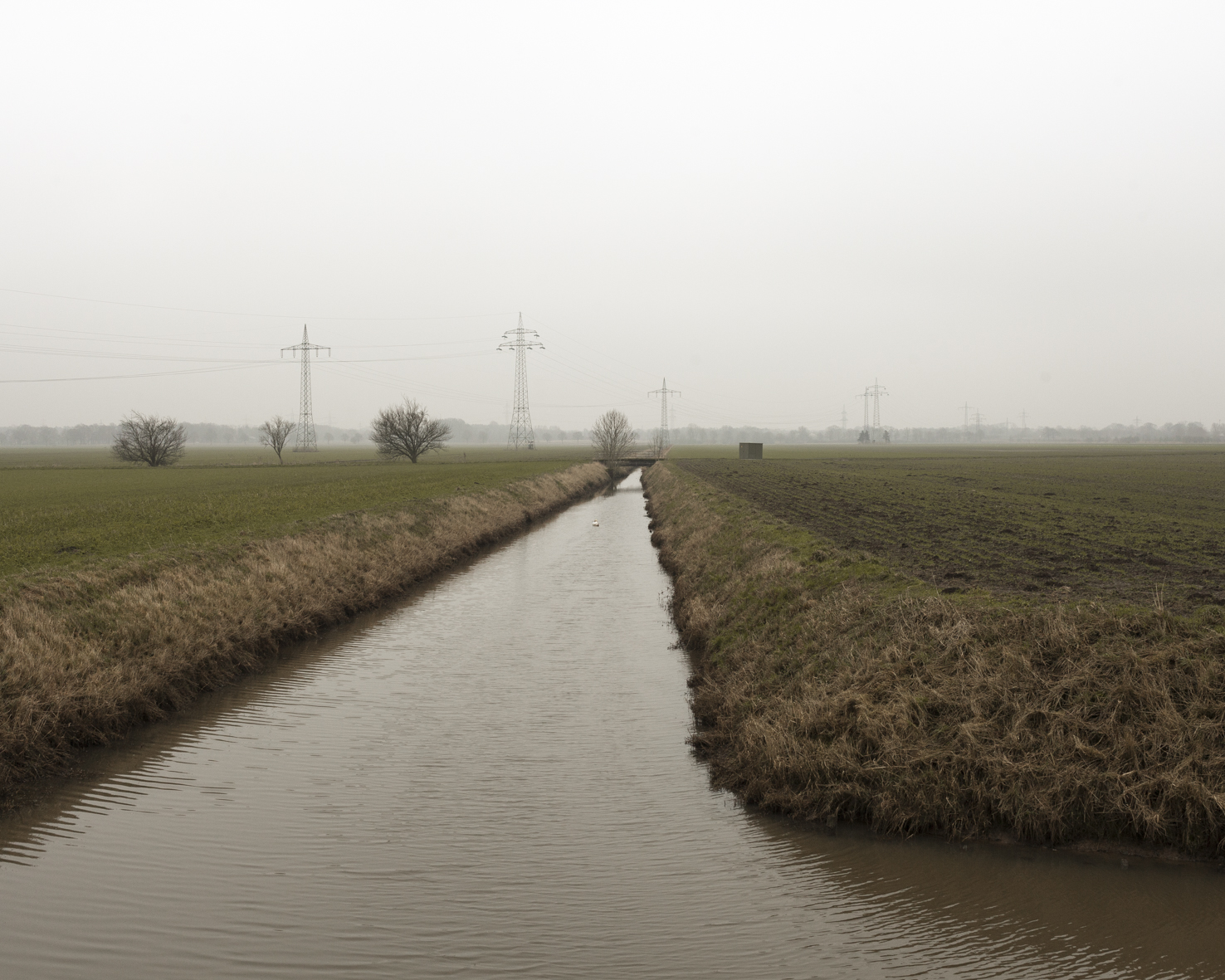
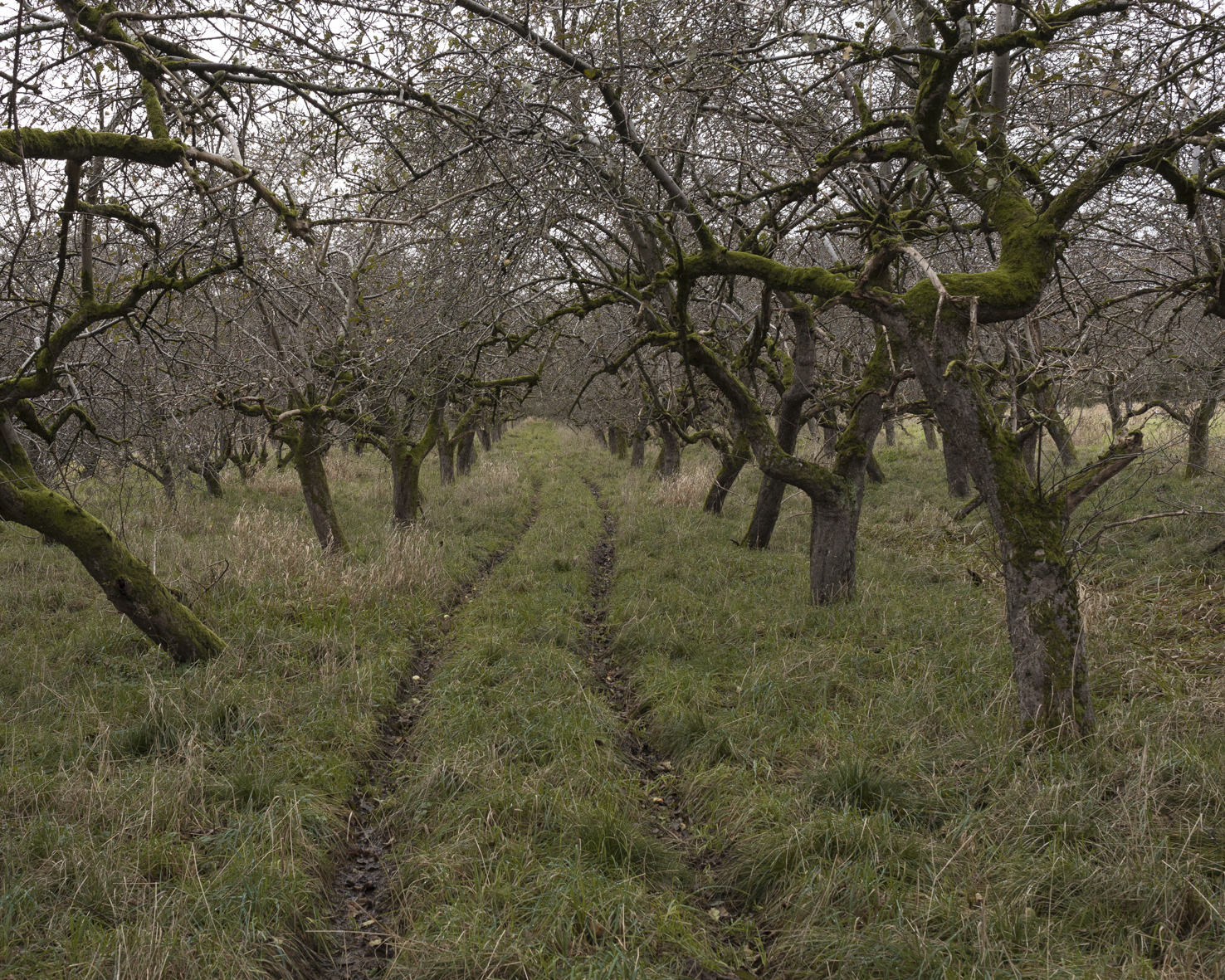
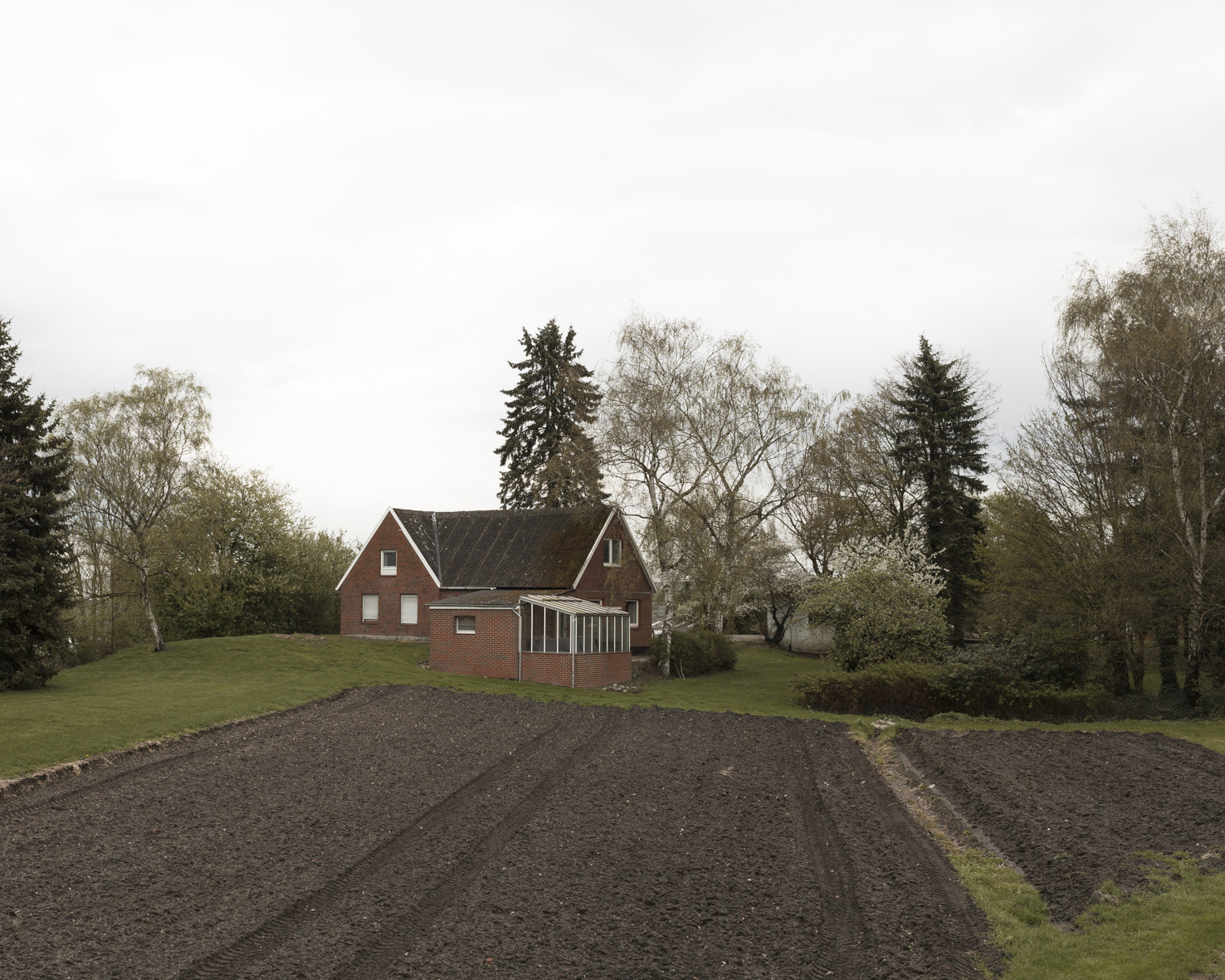
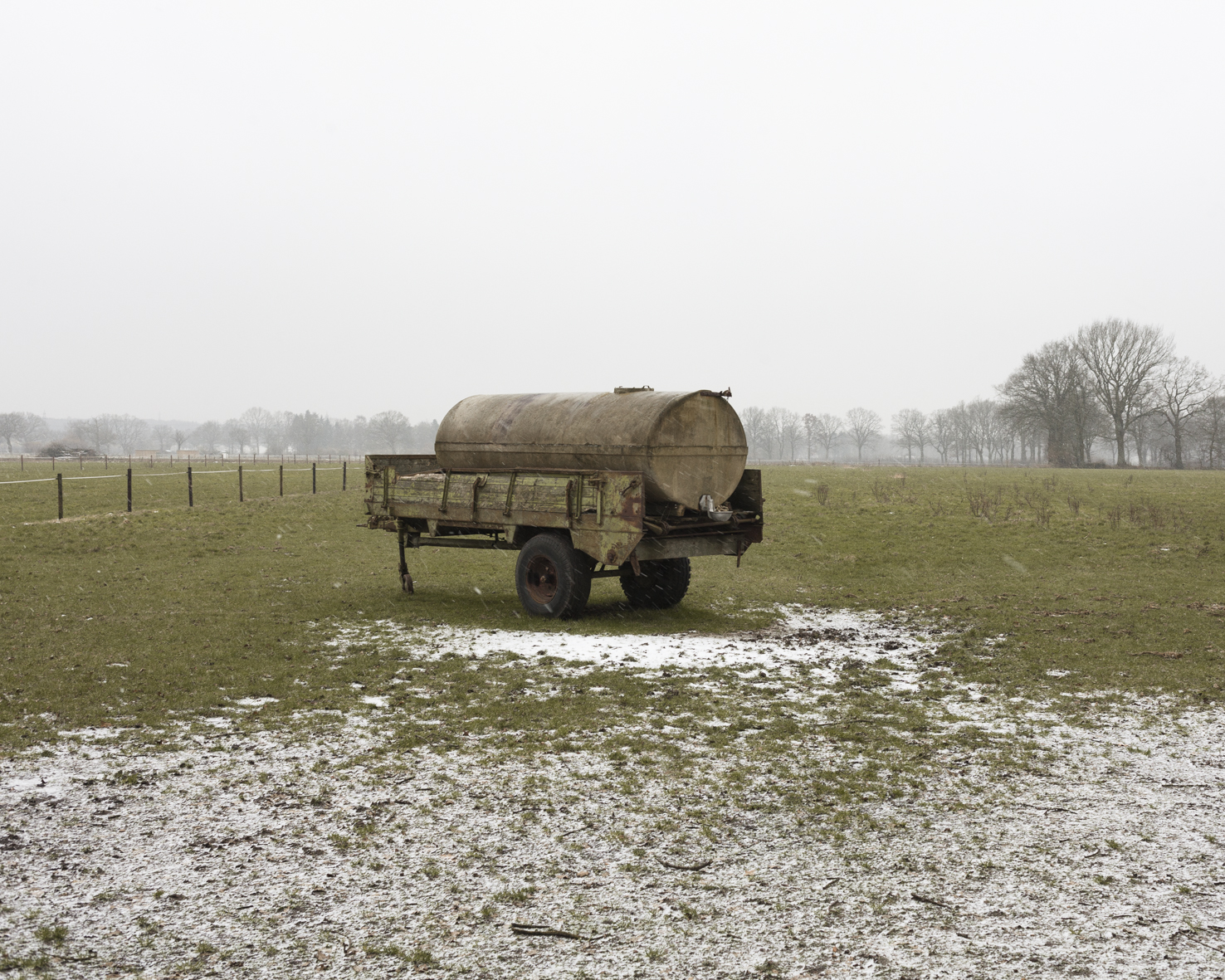

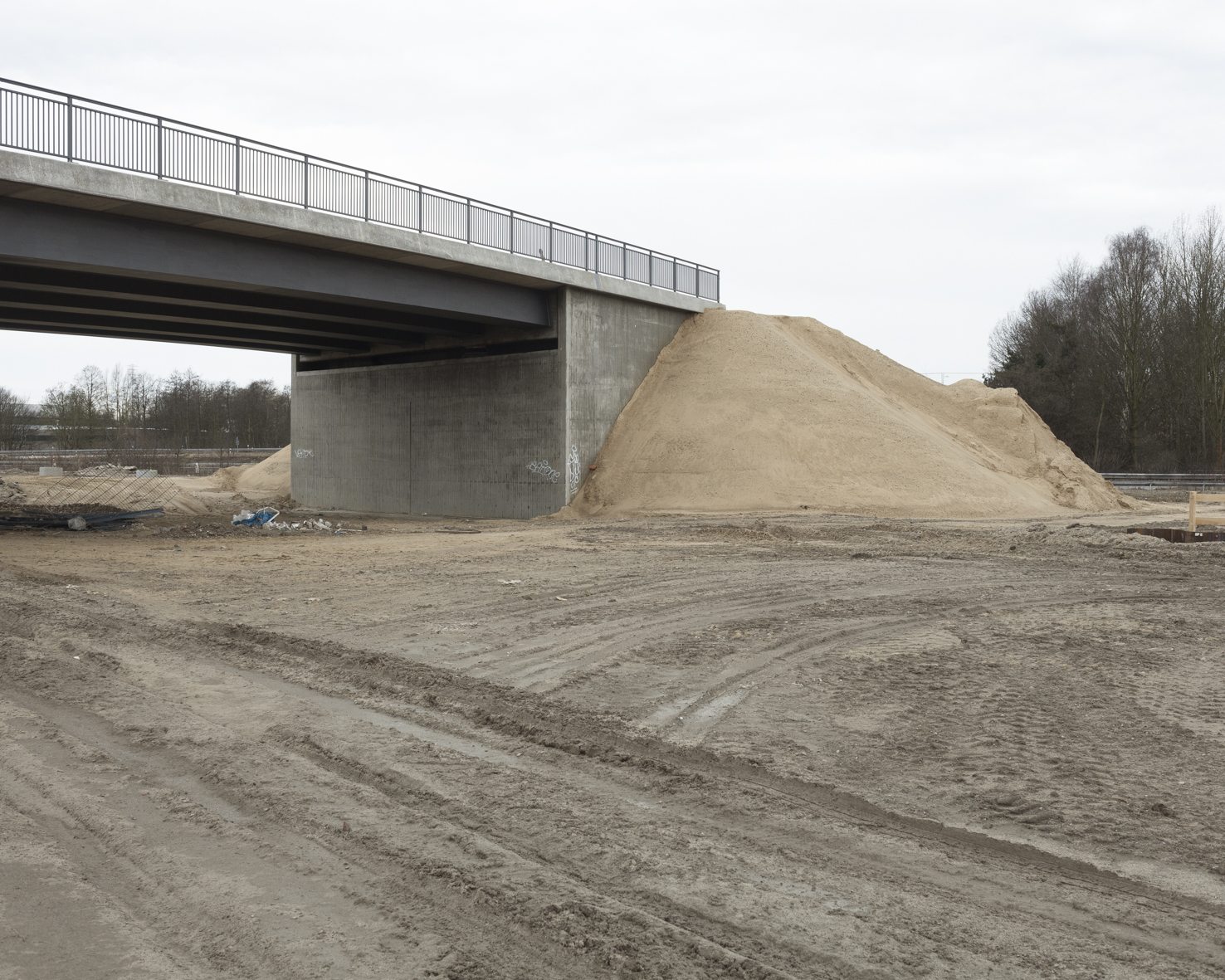
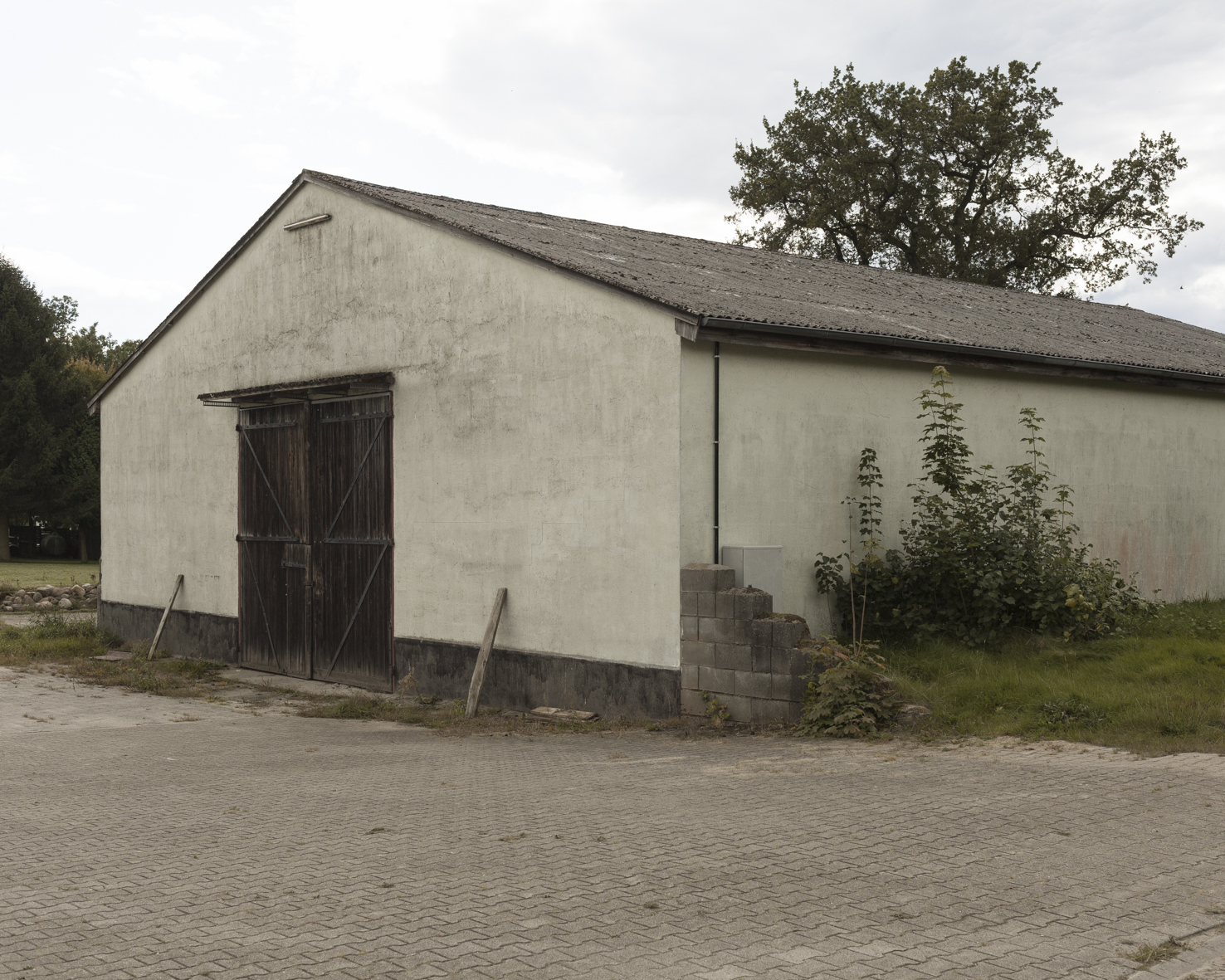
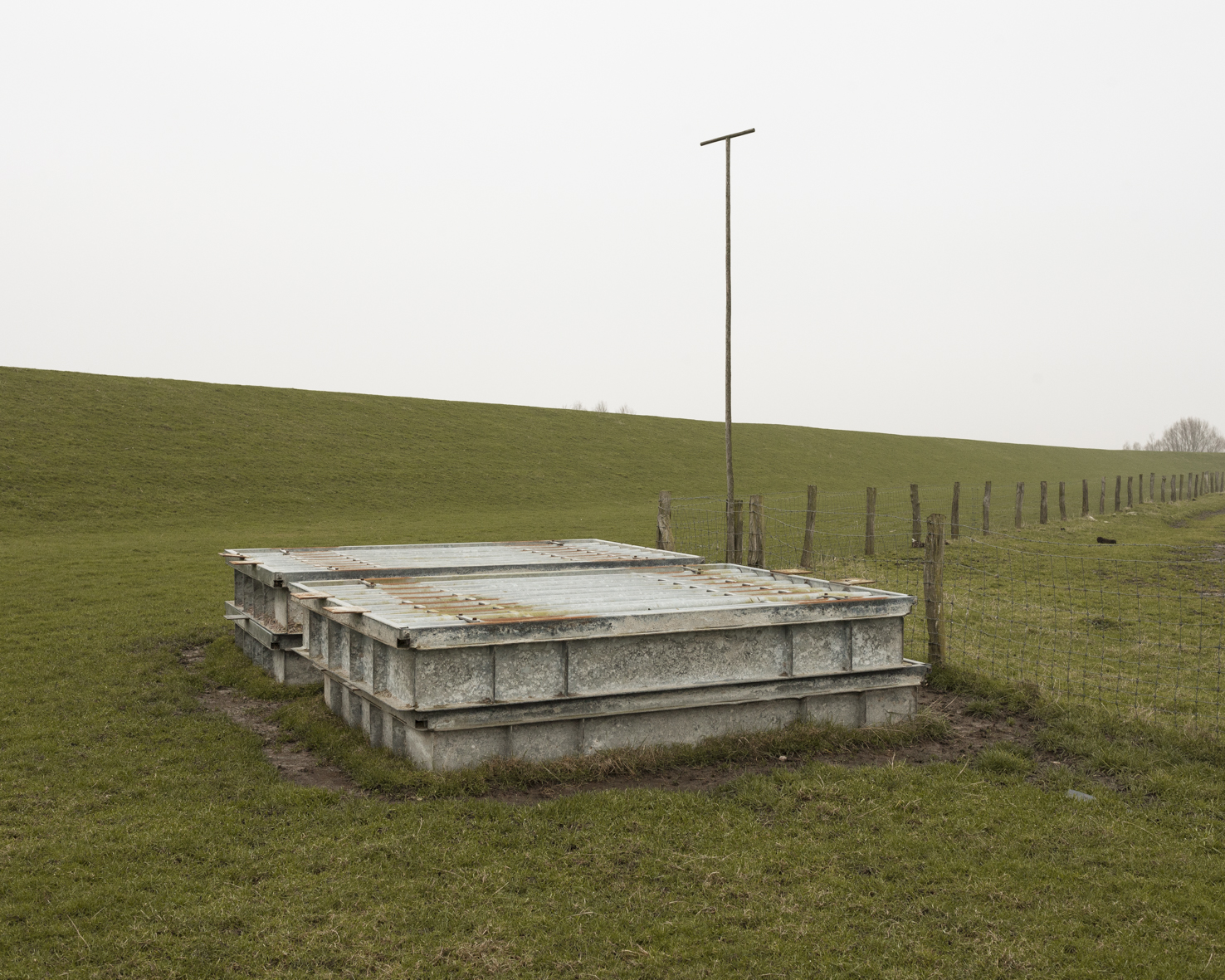
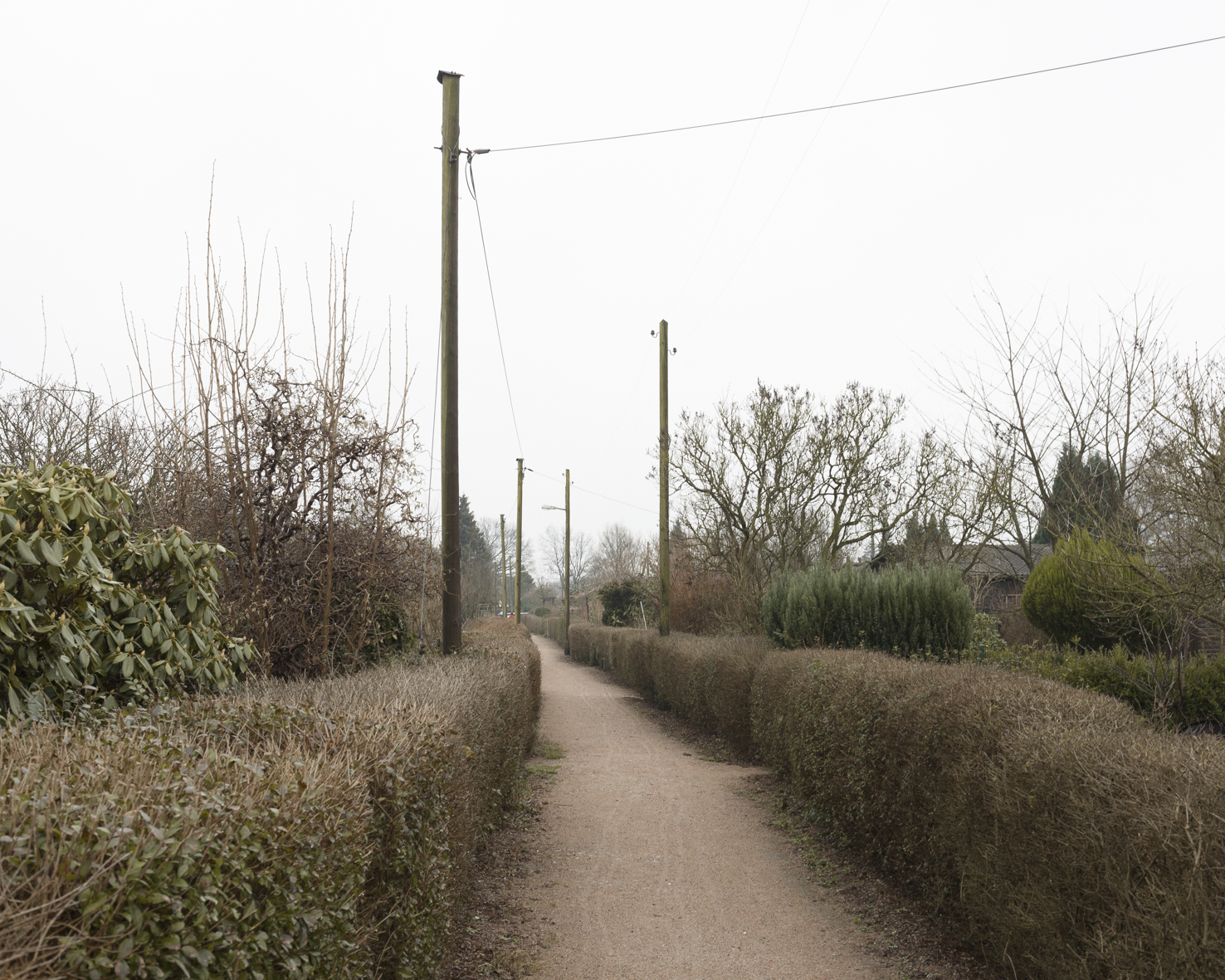
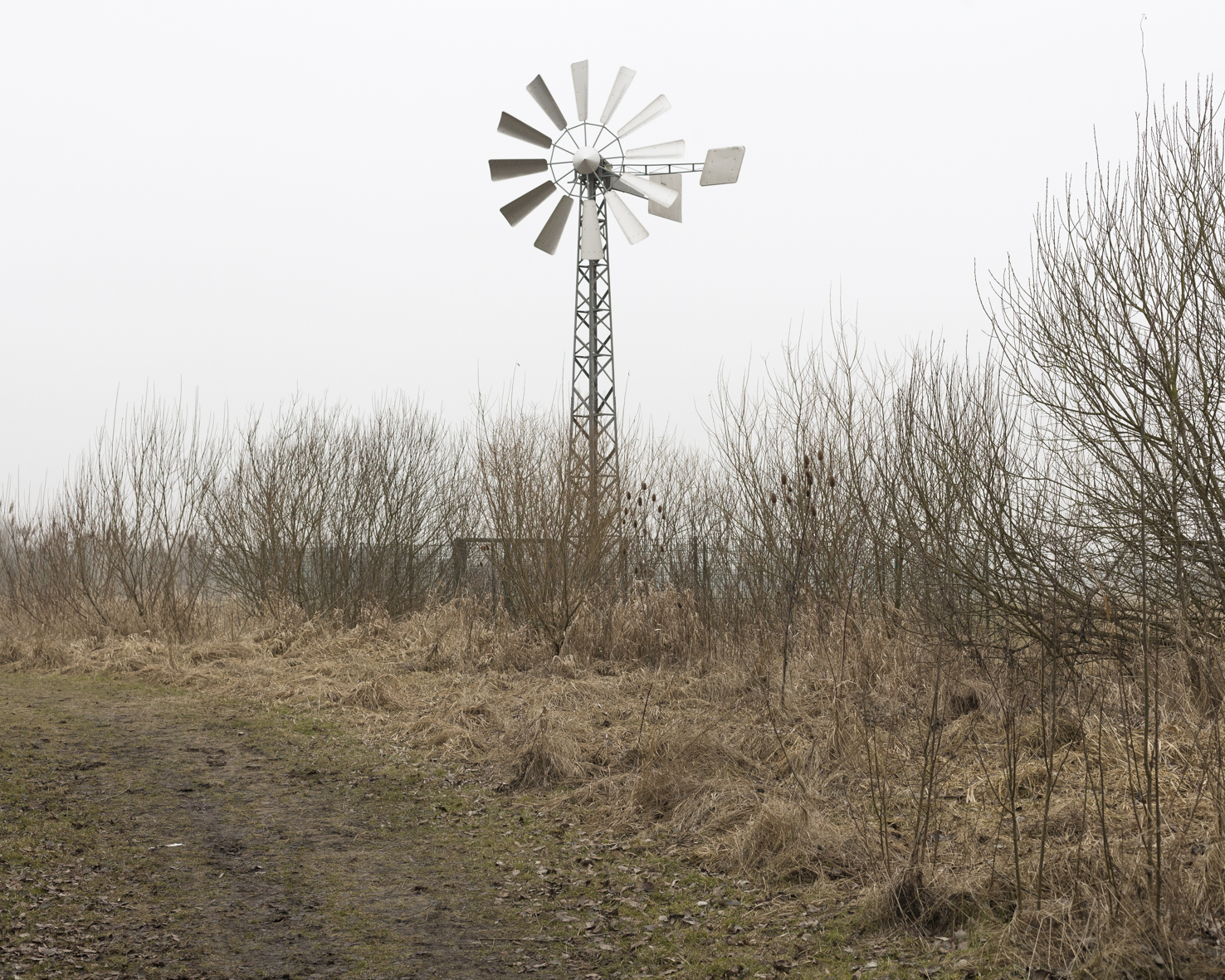
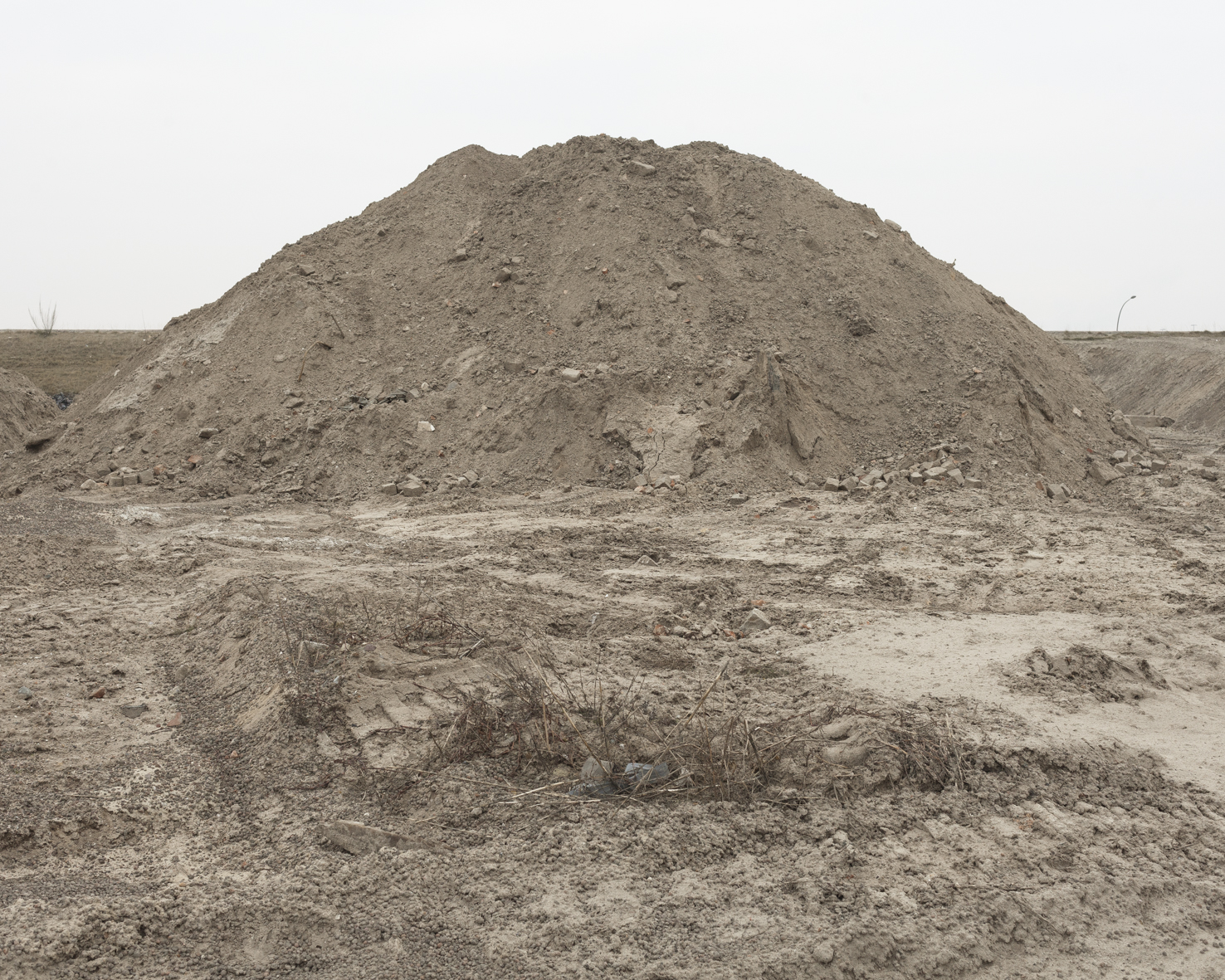
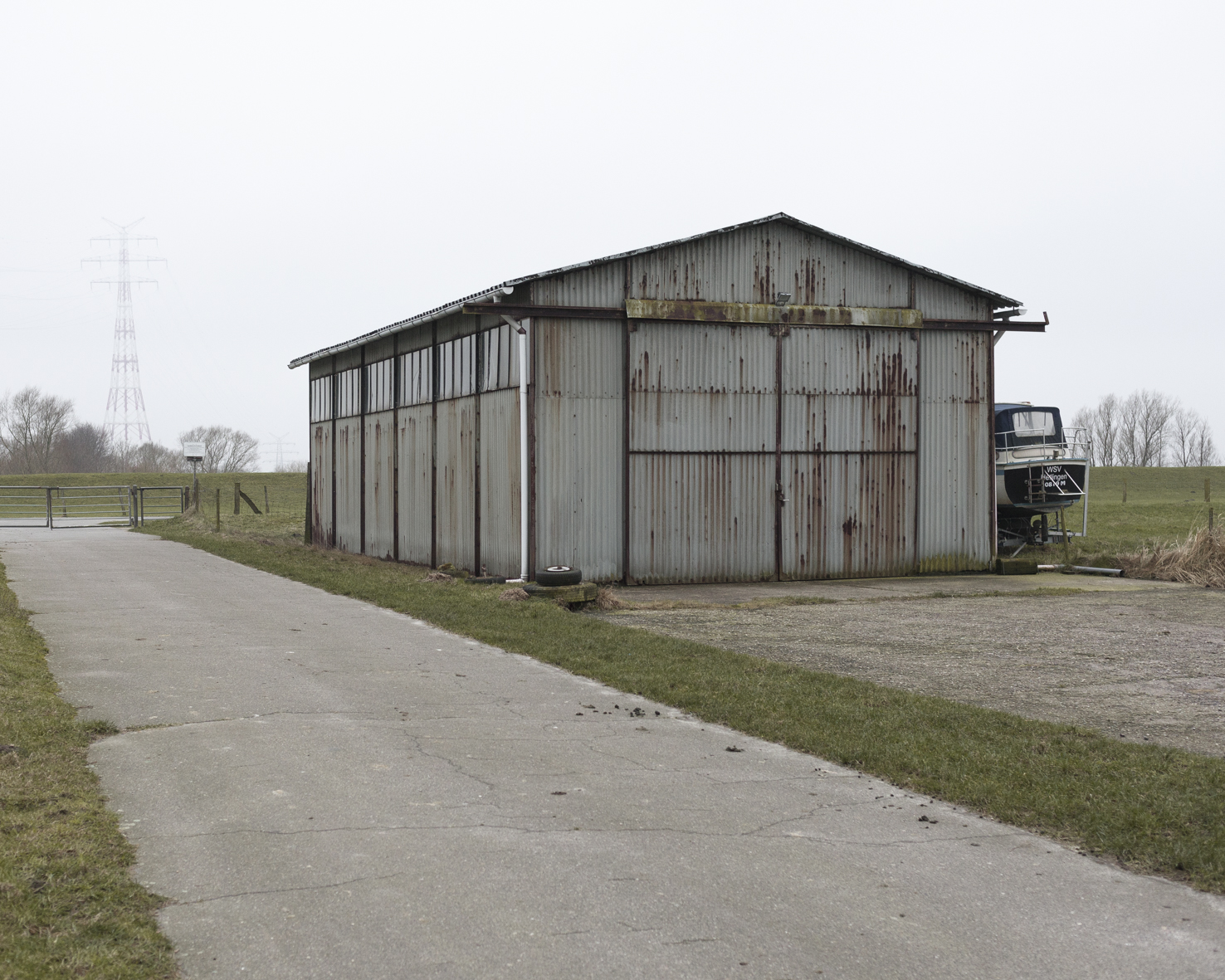
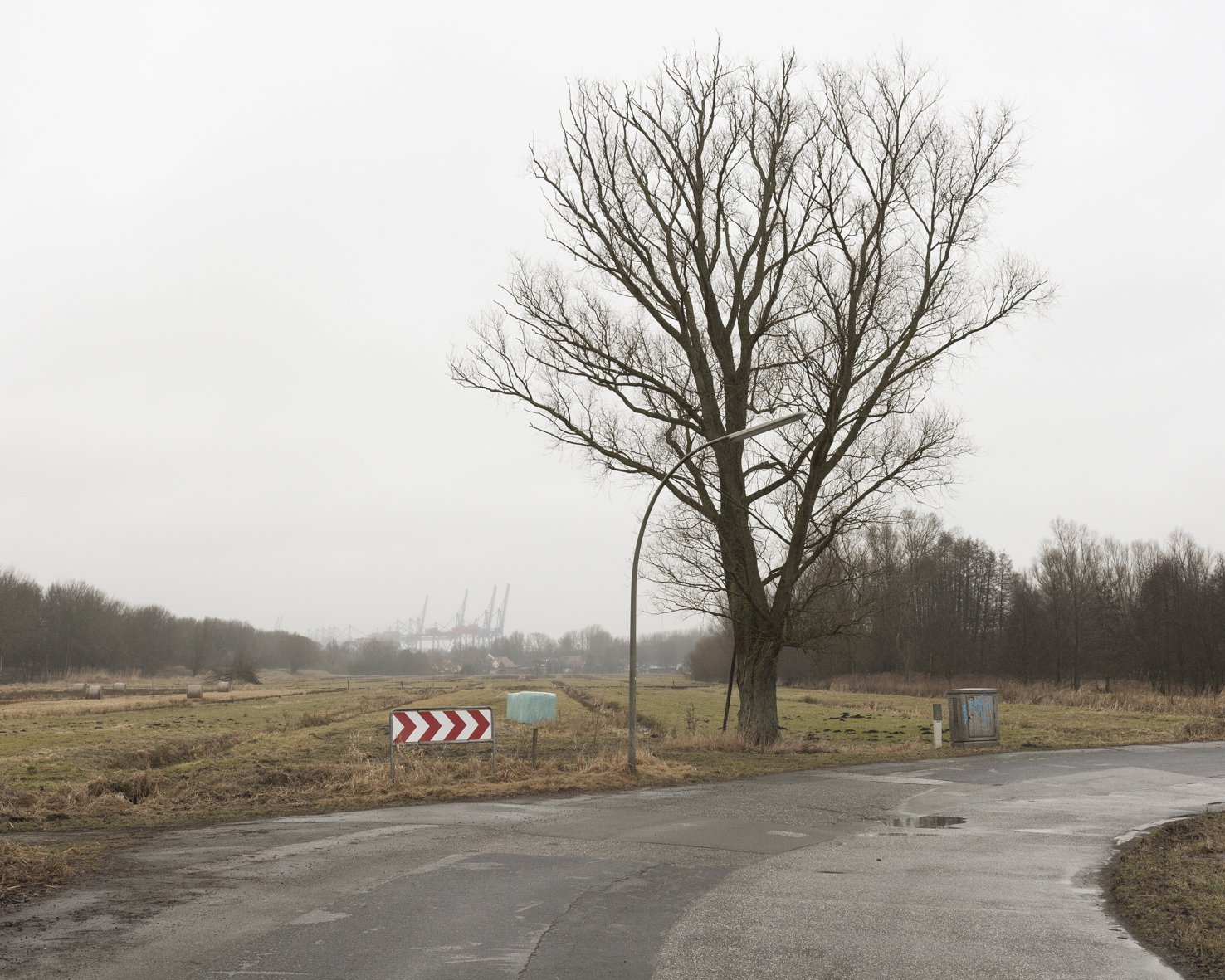
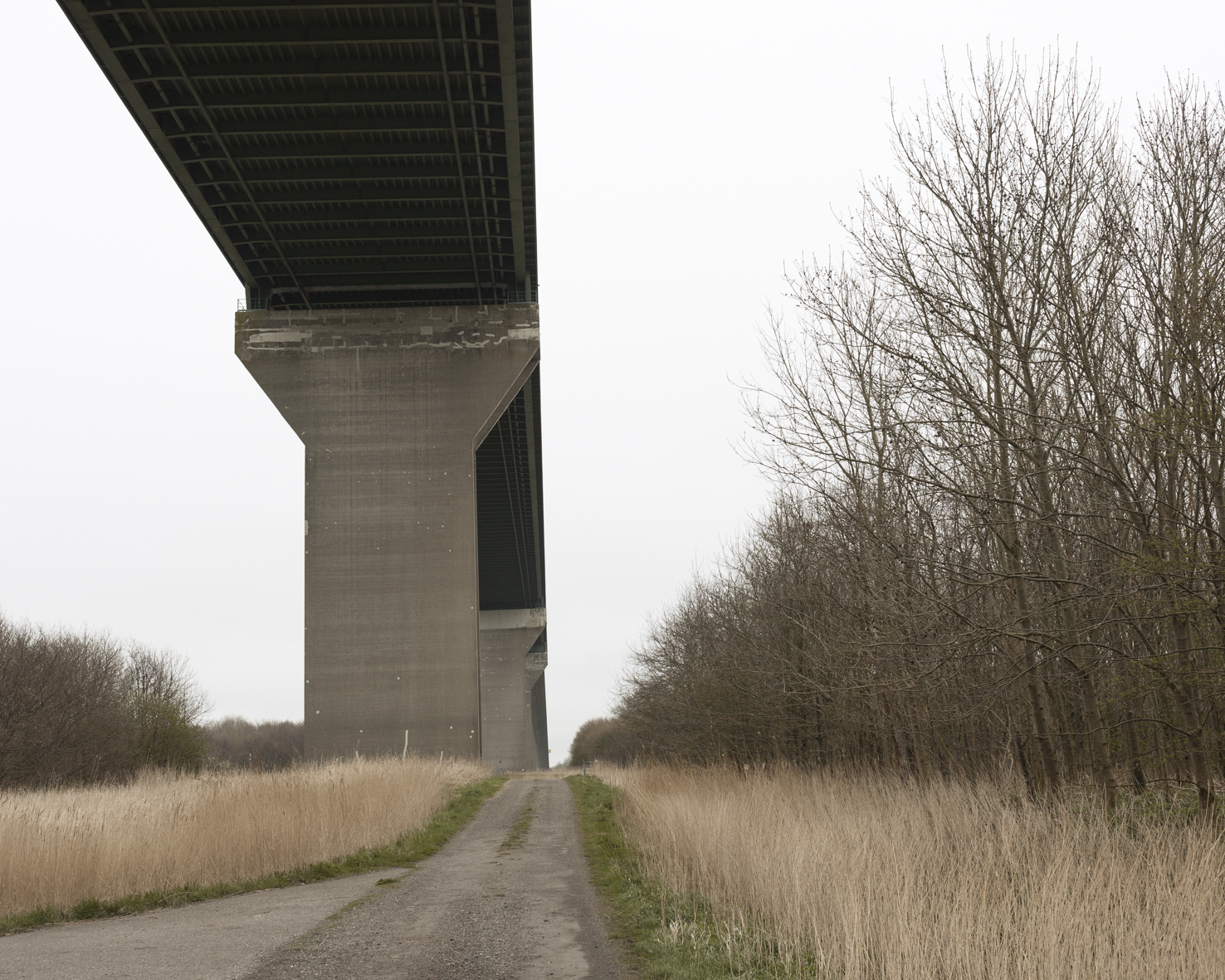

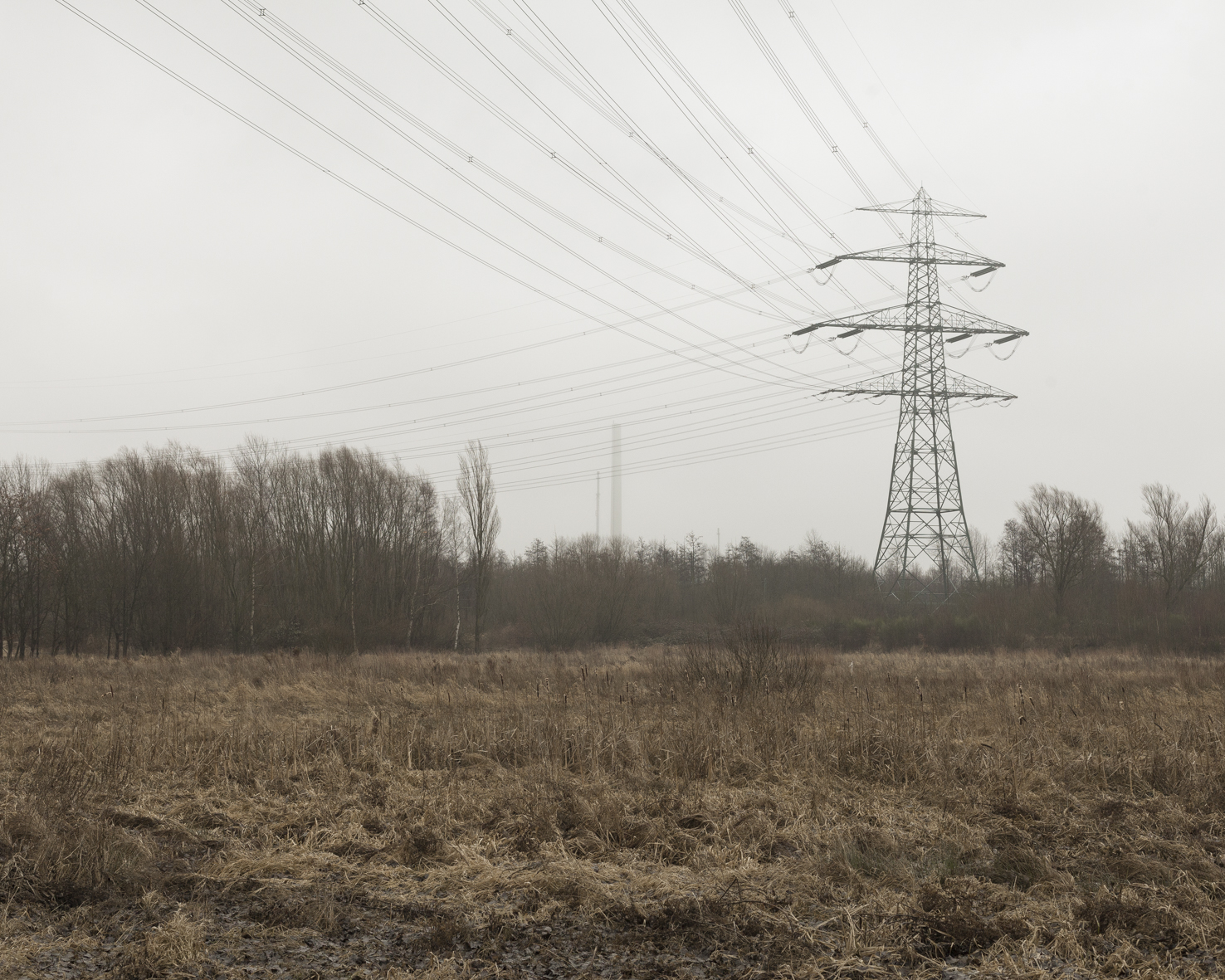
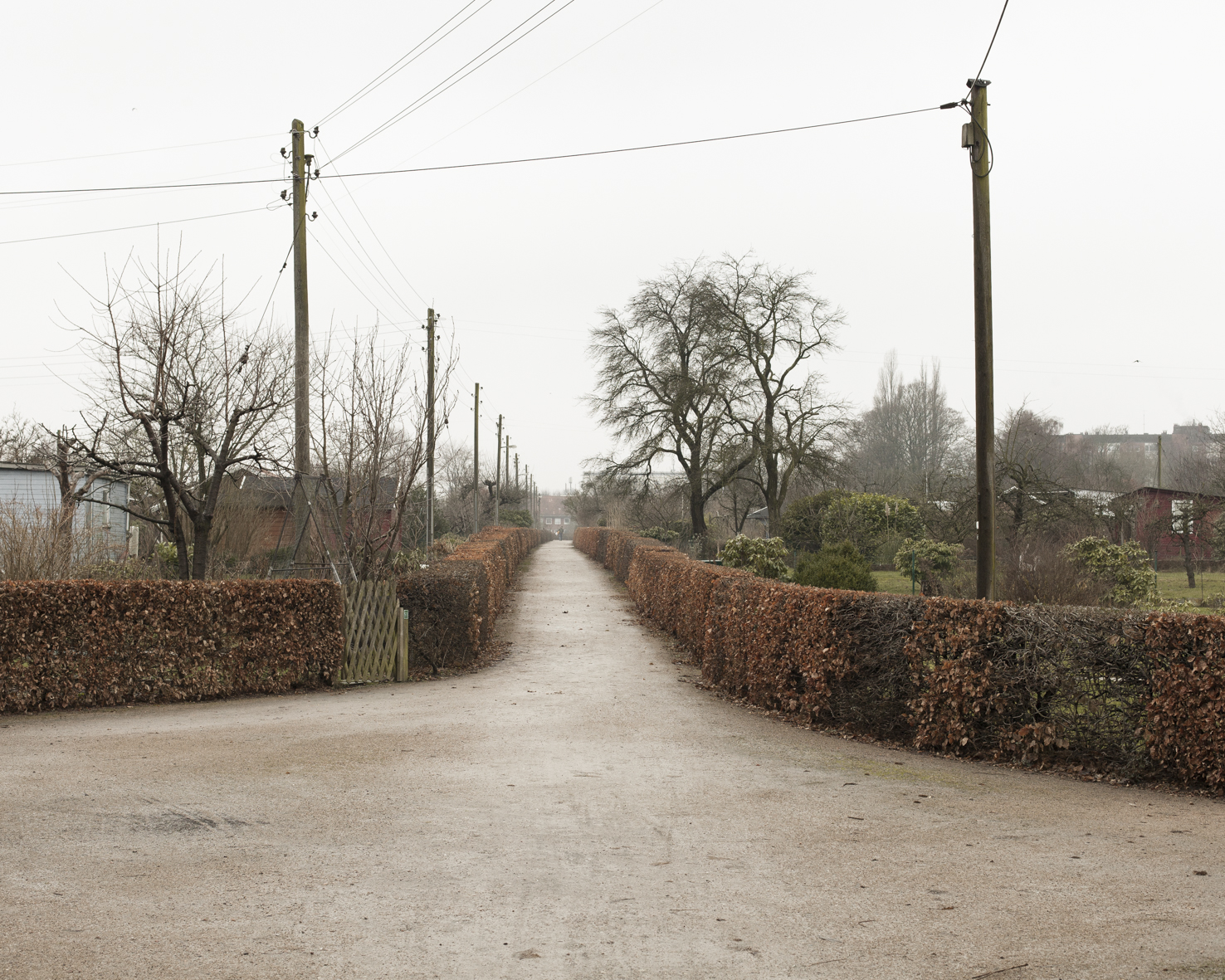
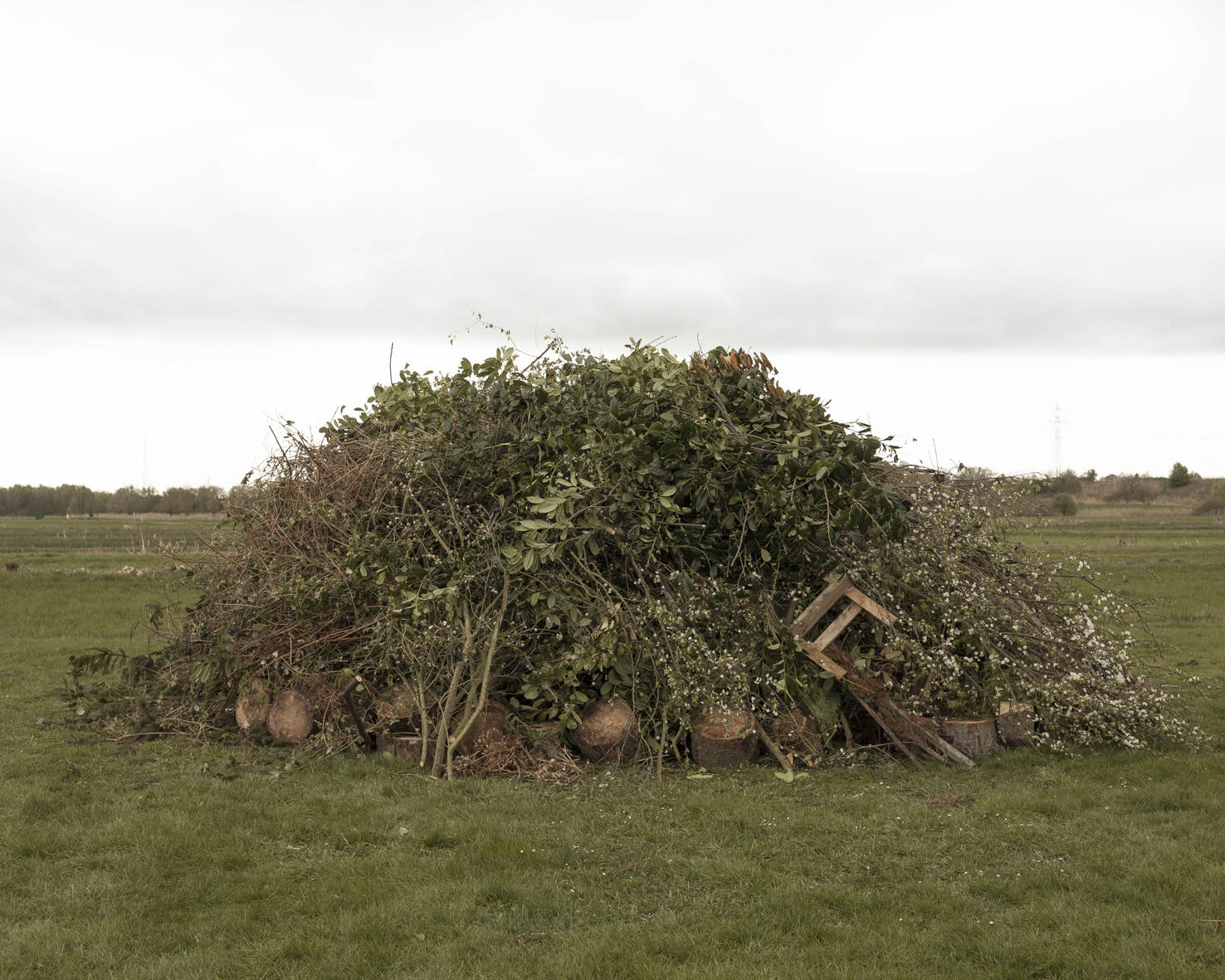
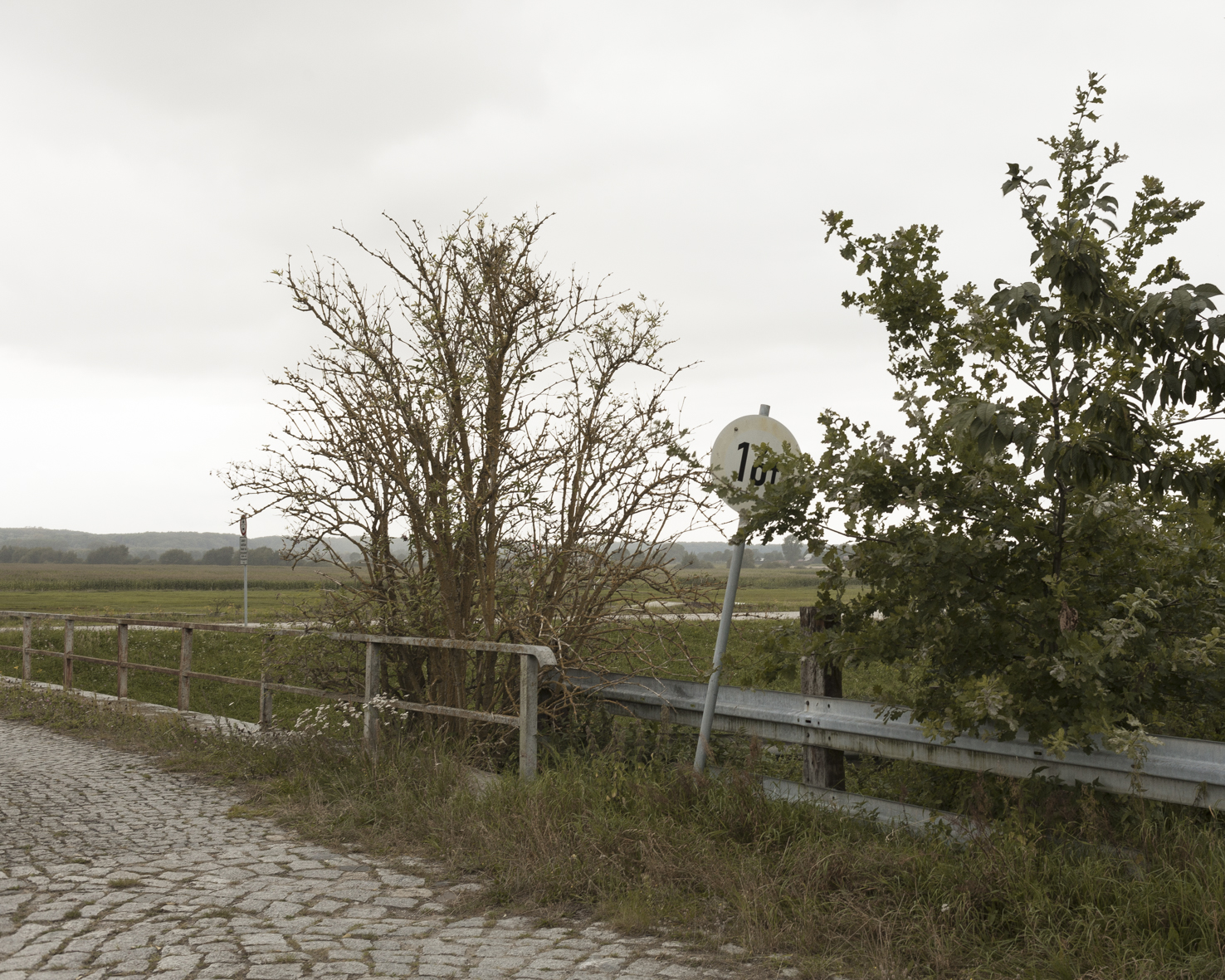
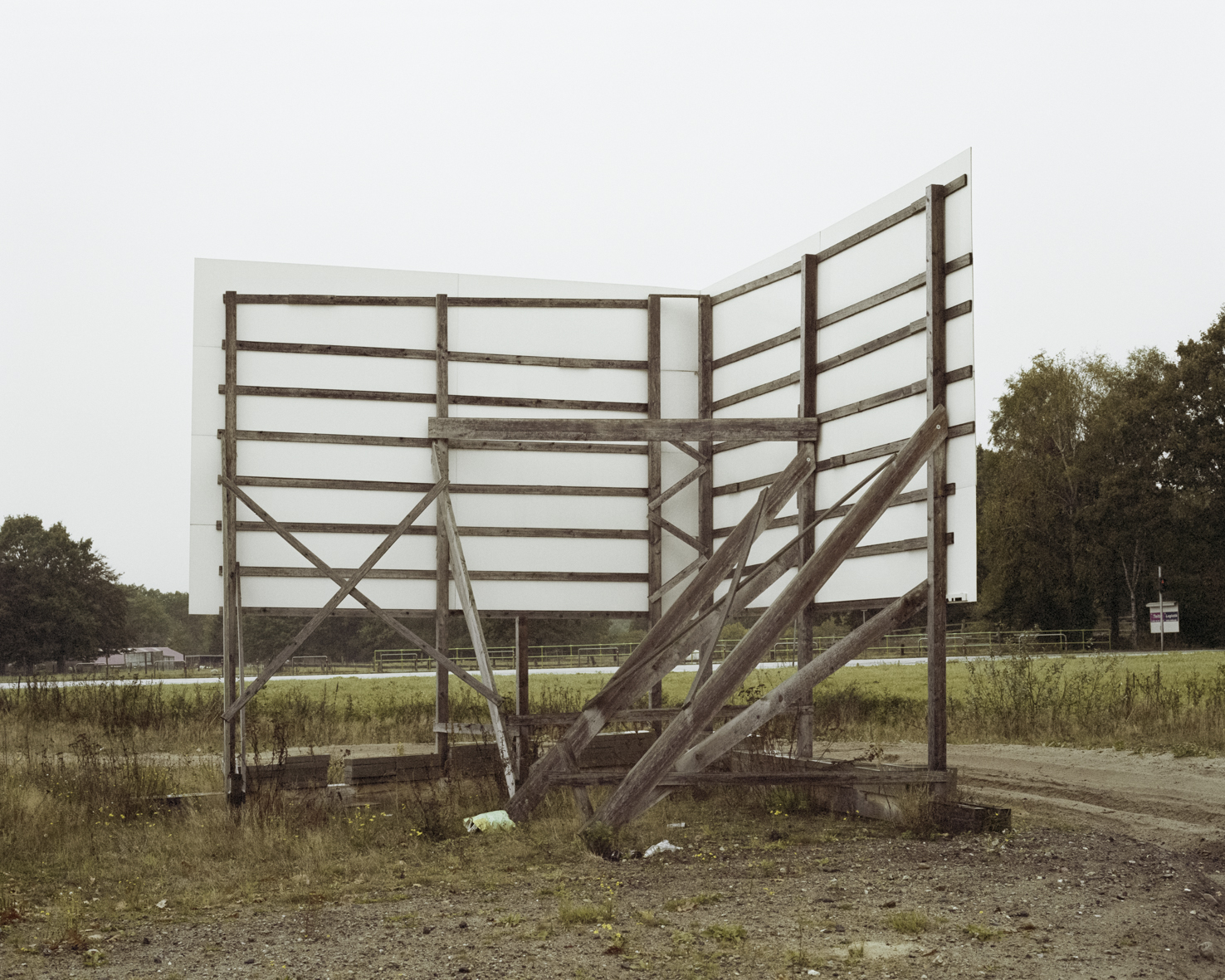
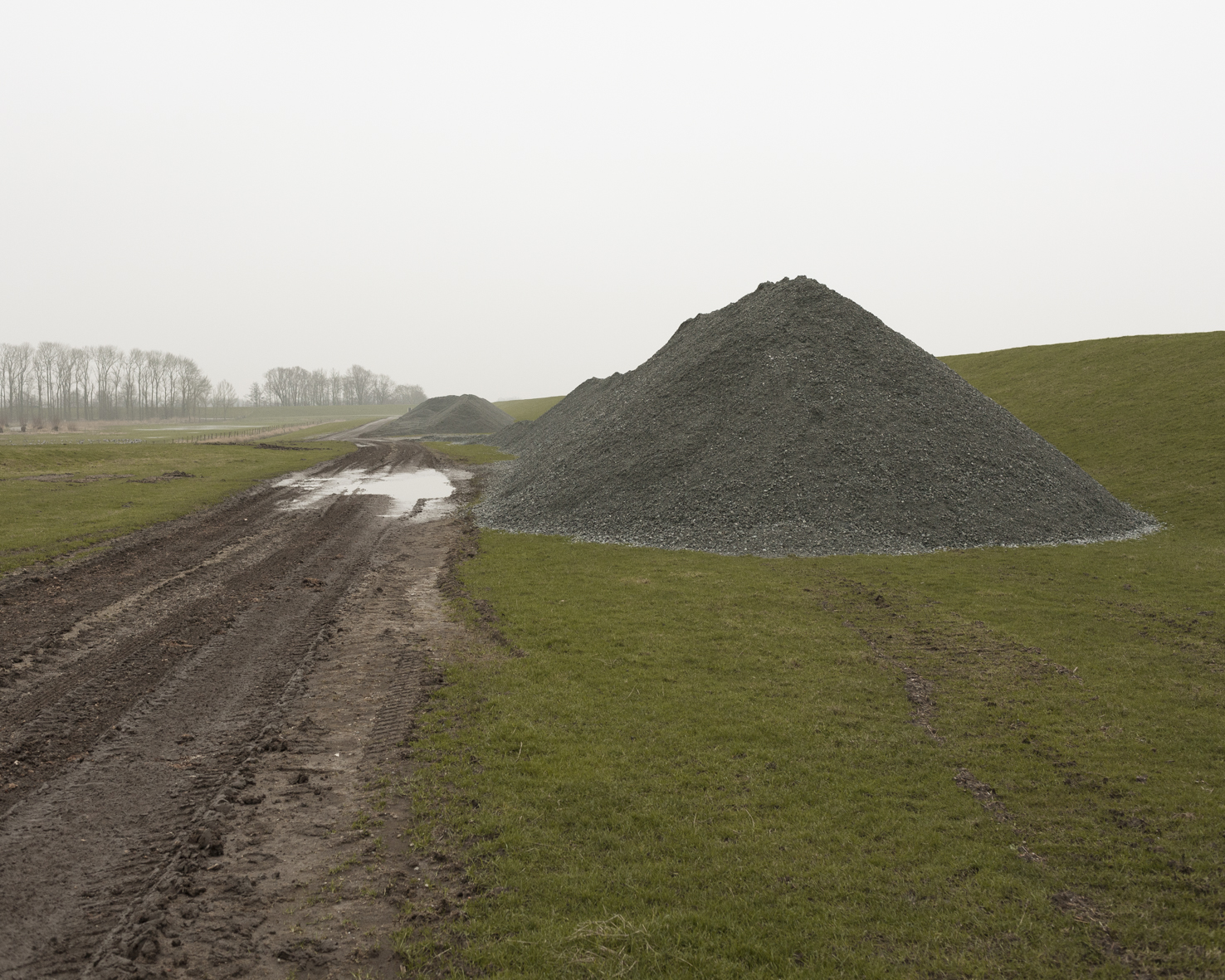

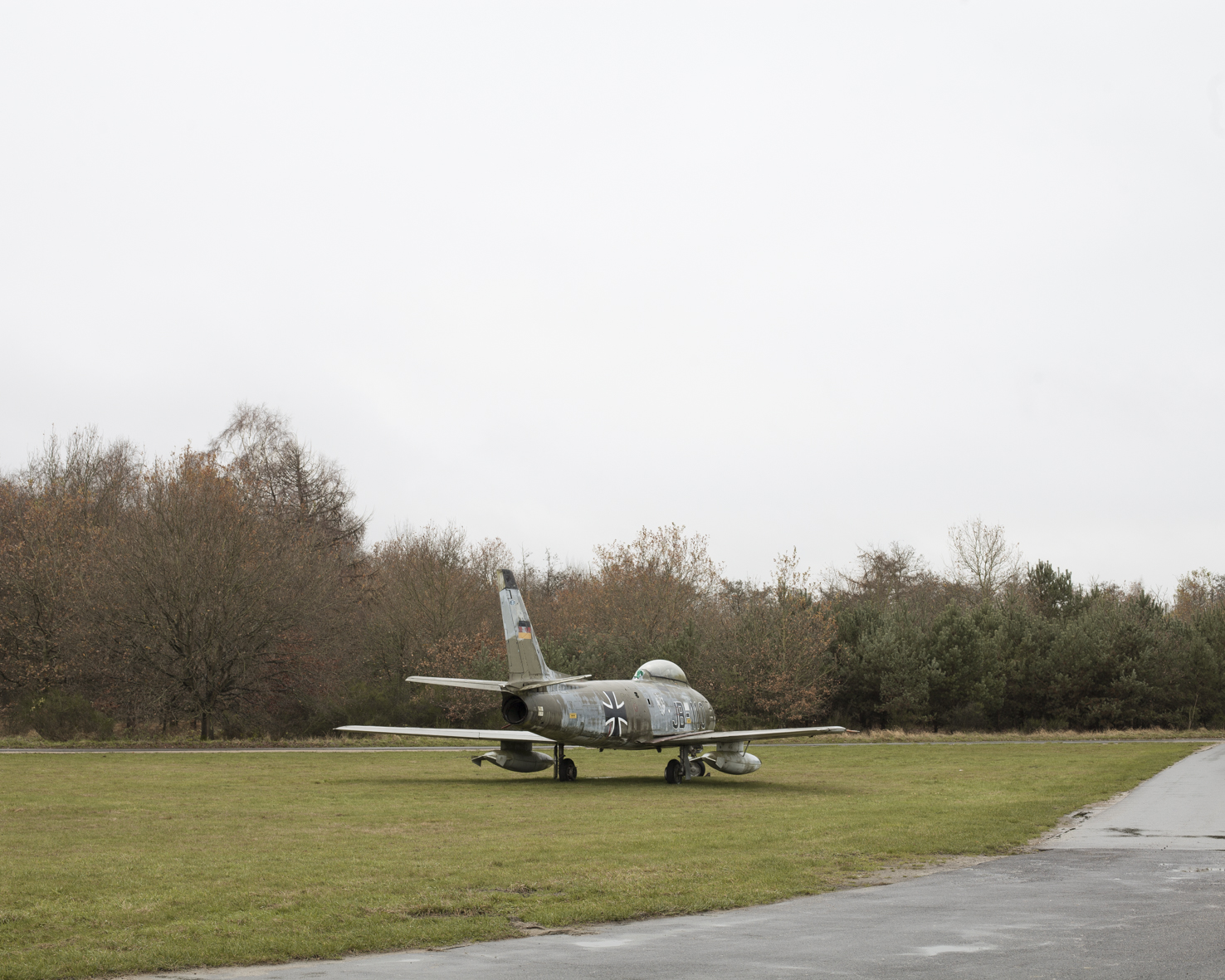


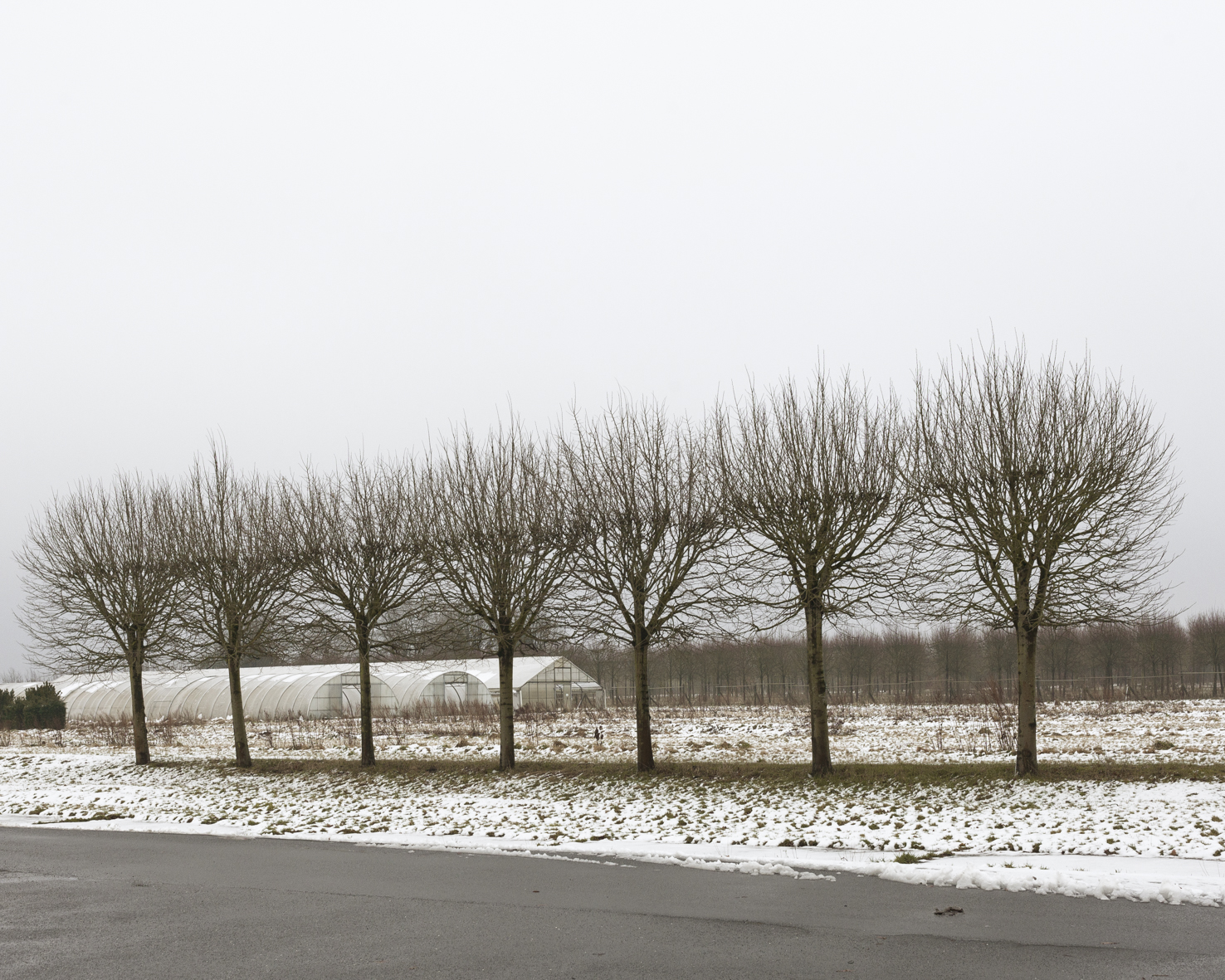
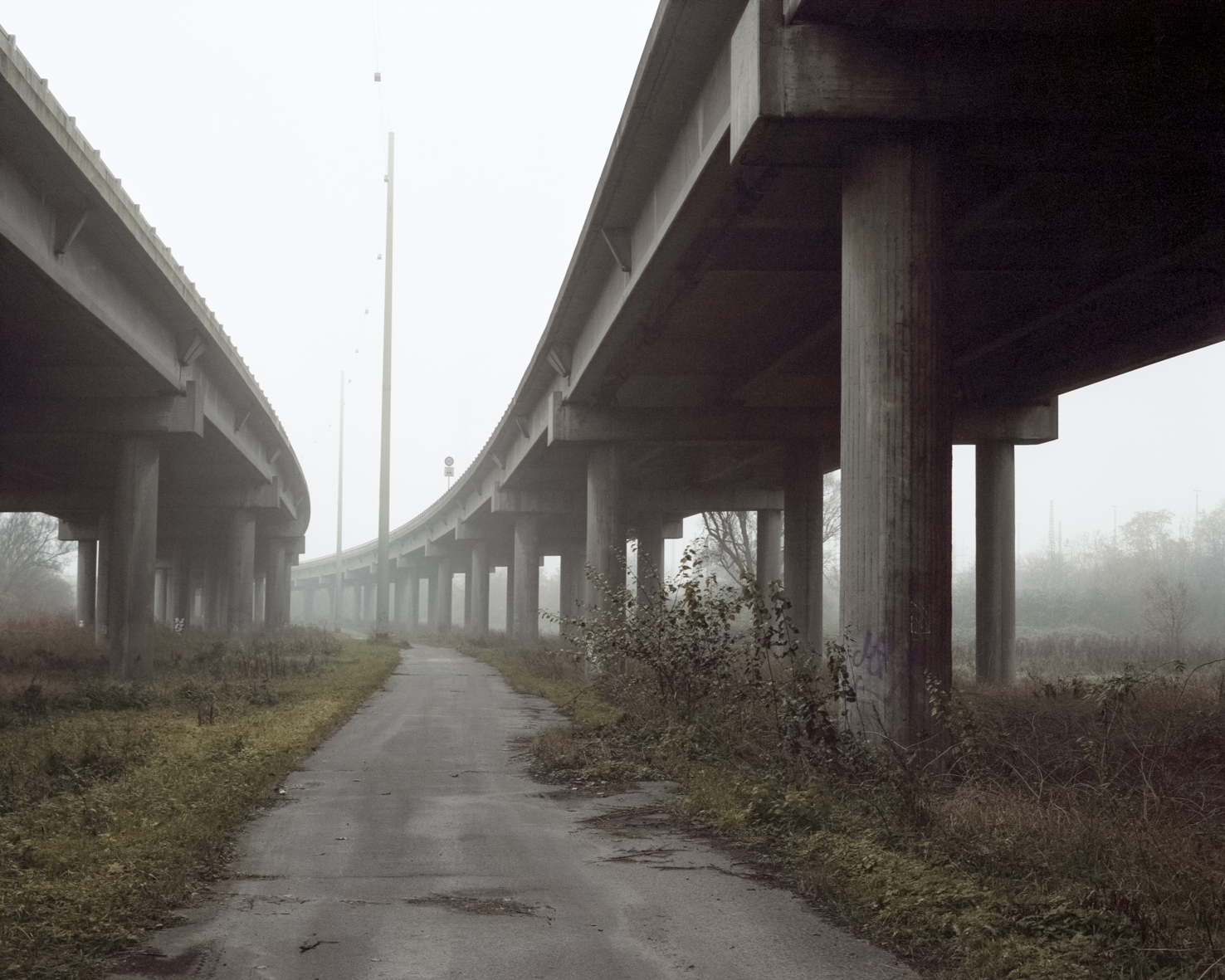
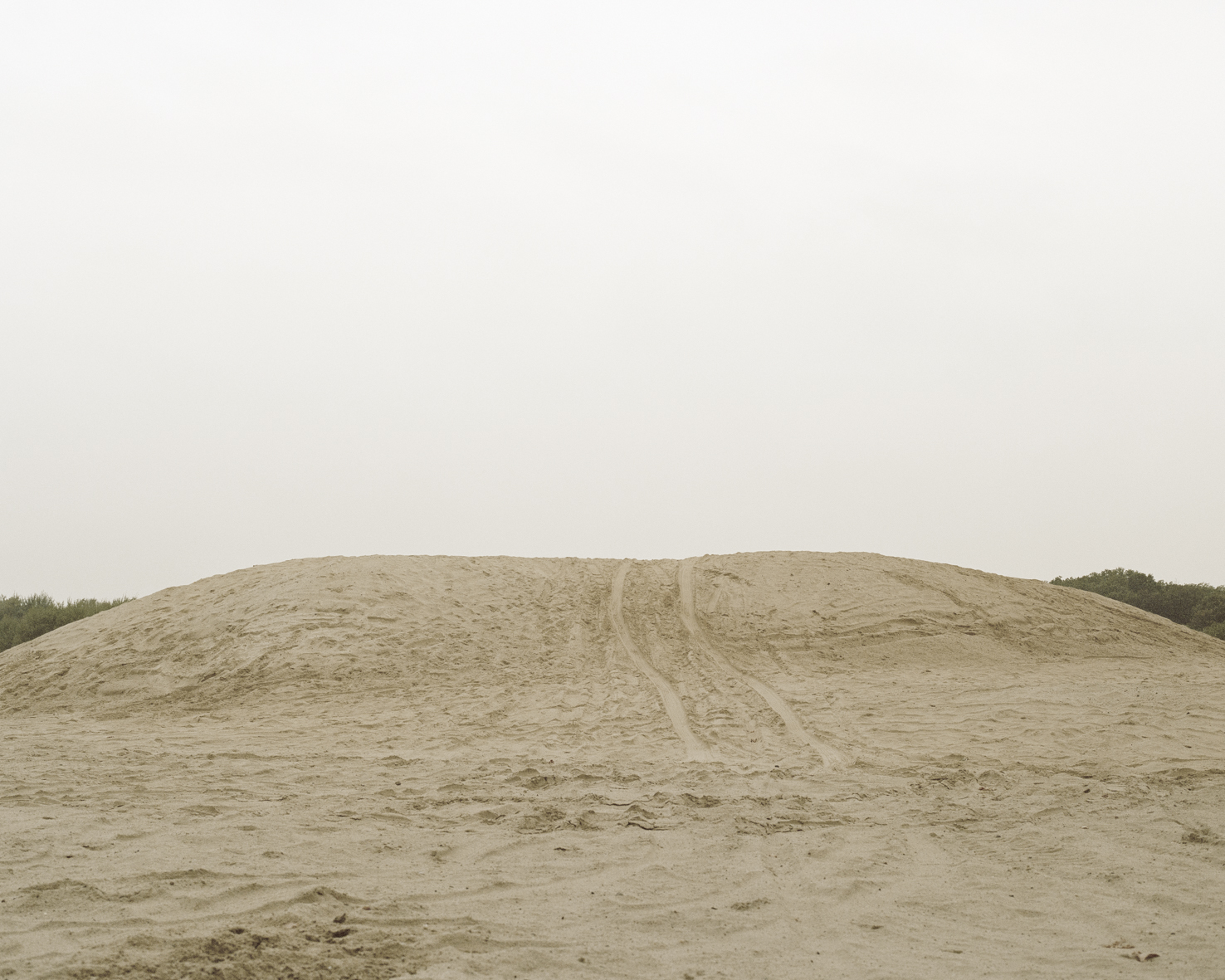
The
series Periphery deals with the description of an ordinary, man-altered
lanscape. It represents a photographic discussion about orders and
conditions by social and ethnological traces, which comes to an
exploration of humans and its surroundings, of humans and nature in the
photograph. The series works with a wider definition of landscape,
which includes socio-cultural and economic contexts and the divers
interaction between mankind and nature in the landscape. Through the
description of unspectacular, man-altered landscape, ordinary life
takes shape here under its own conditions and allows it to be expressed
in all its regrettable ordinariness. The series collects banal motifs
that are so omnipresent that they are often no longer consciously
perceived. It directs the eye to ordinary and everyday manifestations
of a suburban and profane environment. In this way, this work captures
a brittle, often melancholic beauty of the banal and the ordinary. The
series Peripherie represents a topographical examination of man-made,
built land. The collection and fixation of ordanary situations, banal
objects, inconspicuous landscapes or faceless places, open up traces of
human life which are normally not considered worthy of being depicted.
By collecting the unspectacular, the structures and sensitive
connections of our culture are displayed and the act of photographing
becomes an experiment to make sure the own environment. Even there are
no people shown in the pictures of the series Peripherie, it does
provide information about the structures of a society and how it shapes
their living space. The photographs in the series Peripherie are based
on a documentary style of photography that attempts to keep any
judgements or opinions out of the work. Certainly, the images can be
analyzed and located, but this process does not lead to a final
judgment. The photographer is satisfied with the role of the observer.
The shown subjects are a generally valid description of a suburban,
rural landscape, which can be located in Northern Germany or Central
Europe, but does not claim to be completed or have an exact
localization. The series shows the marks of the humans in the
landscape. On this way Peripherie becomes a pictorial exploration of
rural areas, directs the viewer's gaze to ordinary and everyday
manifestations of this landscape and becomes a representation of
complex territorial contexts. The pictured places and objects are
placed in a relationship by the use of the serial sequences, which
underlines the unspectacular nature of the landscape and creates a
general view of a cultural landscape. Through this combination of the
depiction of the unspectacular, the serial underlining of it and the
intention of the photographs as a pure description, the series
Peripherie creates a structure that can be described as a "laconic
photograph of a laconic area". |